-
Posts
2.332 -
Joined
-
Last visited
-
Days Won
60
Posts posted by Sundiata
-
-
1 hour ago, Genava55 said:
Yeah, i saw a bunch of Pegasi in Roman coins:
Romulus and Remus are also a popular subject...
-
 1
1
-
-

I love it!
The only thing I'd still say is to make the sails wider. In most of refs, the sails seem to be about 60% to 90% the length of the vessel. Yours look less than 50% the length. I wouldn't mind adding an Eye of Horus to the prow of the ship if you provide the textures.
I hope you can use this Pegasus. The Pegasus was a symbol of some of the Legions. To tie it in a little with the other one I just added the SPQR. If there's any Rome-experts out there that care to weigh in, because I'm not an expert in this department..
-
@Alexandermb Indeed. You can actually see someone standing there in the original reference as well. You could do the same for the box in the back. The sail should also be wider. Looking good by the way.
-
2 hours ago, Alexandermb said:
Yep, now we have more variants

Awesome!
 I'll make at least one more very soon.
2 hours ago, Alexandermb said:
I'll make at least one more very soon.
2 hours ago, Alexandermb said:So the one i'm doing would be the trireme, and that one the bireme Right?
If you're up for it, yes
 . It would be nice to have three ship types. If you do the "bireme", I'd even suggest to put a build-limit of only one of those bigger "triremes", and call it a "royal barque", with some kind of special bonus if you garrison a hero.
. It would be nice to have three ship types. If you do the "bireme", I'd even suggest to put a build-limit of only one of those bigger "triremes", and call it a "royal barque", with some kind of special bonus if you garrison a hero.
-
@Alexandermb I hope this is useful?
-
 1
1
-
-
@Alexandermb Daaayum...
 Thanks for doing this! Awesome...
Thanks for doing this! Awesome...
Here's some more inspiration on a somewhat different type of vessel.
-
 1
1
-
-
@Alexandermb I think that looks pretty great! I think you can hollow out the front trapezoid box to create a sort of elevated platform. You could also make the ship a teeny bit more narrow.
SpoilerThese are also interesting refs. See how they use the "box" at the front as an elevated platform.
Khufu's ship illustrates how narrow these boats can be.
The way you are going, I could easily imagine 3 types of ships, small, medium, and large. The small one would remain the current small warship that they have. The Large one would be the one you're working on now. And the medium one could be the same as the large one, but scaled down, and without the central cabin, similar to the first ref in the spoiler.
-
38 minutes ago, Alexandermb said:
Maybe not using cav at all then

Yeah, there's not really a reason to use them for cav...
They seem horrendously un-aerodynamic for high speed cav manoeuvres anyway...
-
48 minutes ago, Alexandermb said:
Often i read something about macedonian cavalry using phrygian helmets pre- Alexander but then replaced by actual used boetian helmet any cavalry would use the phrygian helmets? @Sundiata
I read the same thing
 Apparently Alexander used Xenophon's works, particularly Anabasis, as a field guide during his expedition into Persia. In his work Περὶ ἱππικῆς (peri hippikēs), "on horsemanship", Xenophon advcates for the use of the Boeotian helmet: "...the Boeotian type [of helmet]. For this not only gives the greatest protection to all the parts above the cuirass, but allows free vision.", which explains Alexander's choice.
Apparently Alexander used Xenophon's works, particularly Anabasis, as a field guide during his expedition into Persia. In his work Περὶ ἱππικῆς (peri hippikēs), "on horsemanship", Xenophon advcates for the use of the Boeotian helmet: "...the Boeotian type [of helmet]. For this not only gives the greatest protection to all the parts above the cuirass, but allows free vision.", which explains Alexander's choice.
If the units level up, maybe you could use Phrygian helmets for the second level (representing Phillip's cavalry) and the Boeotian helmet for the third level (representing Alexander's cav). Or just use the Boeotian one with a very low prevalence of Phrygian ones mixed in (like 1/10). Or just don't use the Phrygian one at all for Macedonian cav?
-
2 minutes ago, Alexandermb said:
I Would like any variation
 as possible if it match the current timeframe.
as possible if it match the current timeframe.
I'll try to get it done in the following days

-
@Alexandermb, Perhaps deifferent variations of the SPQR, especially with the eagle. Nothing screams Roman like an eagle... Maybe a pegasus? Maybe some of the symbols of the Roman legions? Romulus and Remus suckling from the wolf? If you like any of the examples below, you can let me know and I'll make an outline for you.
-
 1
1
-
-
5 hours ago, wowgetoffyourcellphone said:
Spear cavalry good vs. Elephants? How does that make any sense?
 4 hours ago, borg- said:
4 hours ago, borg- said:There is no logic or historical context in any counter system, this does not exist in real life haha, it is only necessary for the game.
Counter systems are derived from real life. That's one reason why armies are usually composed of many different types of units. For example: infantry is vulnerable to artillery. Artillery is vulnerable to aircraft. Aircraft are vulnerable to anti aircraft. Anti aircraft is vulnerable to infantry. Within each class, their are even counters. Heavy cavalry takes light cavalry. Light cavalry takes ranged cavalry. Ranged cavalry takes heavy cavalry. In general terms.
Anyway, horses tend to be terrified of elephants, also mentioned by ancient sources, so anti-cav should definitely be a bonus for all elephant units. Elephants are vulnerable to pikes, javelins, arrows and slings. Even if those weapons don't always immediately kill the animal, elephants really don't like people throwing pointy sticks and rocks at them. It makes them mad, and uncontrollable. Charging horses against elephants will cause the horses to panic and throw their riders.
Really cool initiative though! I wish you all the success!
-
 1
1
-
-
11 minutes ago, Alexandermb said:
base of the ship could be wood as others but those decorations and structures in the deck should be wood too or use the kush structure texture?
Do you mean this one?
Because now that you mention it, those scenes look similar enough to the reference... Interesting idea...
-
@Alexandermb, basically this:
It's a New Kingdom Egyptian ship from Kush, depicted in the Theban tomb of the viceroy of Kush, Huy. the Kushite version doesn't need to be so bombastic though.
It's a bit difficult. Not many depictions of boats or ships have survived from Napatan and Meroitic period Kush, and those that have are pretty crude. I'll share most of what I have here anyway. But you can clearly see the strong similarity with New Kingdom vessels. Therefore I'd suggest to use that New Kingdom reference depicting the arrival of Huy's ships at the court of the pharaoh. Huy was the vizier of Kush at the time, and his ships brought tribute from the south. There is little reason to think ships changed dramatically during the Napatan or even Meroitic period. The Late Egyptian Saite Dynasty also continued to use the traditional Egyptian ships. So forgive me if it's all a little speculative, but it would be a lot better than a Hellenistic Bireme. Not saying that Biremes were totally impossible, just very improbable.
We also know of the importance of the Kushite navy from the following words, attested in Napatan and Meroitic inscriptions. Unfortunately there's no actual descriptions of the boats.
- P3 tsy3 n p3 mw: lord of the water, officer of the fleet [?]
- Mr ms’ n p3 mw: general of the water
- Pelmos atolise : startegus of the water (Meroitic)
- Skd : sailor
- Dmi, d3y, tyme : town, harbour
- Mryt : harbour
- Shry : boat, ship, fleet
- ‘h’ : boat, ship, fleet
- d3y : river boat
- Mhn : ferry
- Wtn, wi3 : barque
Primary refs:
SpoilerThe earliest depiction of a Nile Valley boat is actually from Northern Sudan and dates to the Neolithic or Paleolithic, if I remember correctly.
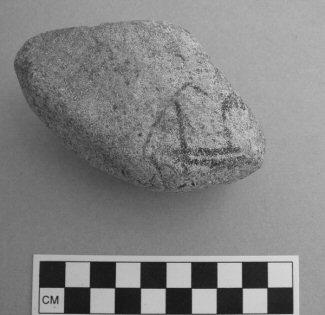
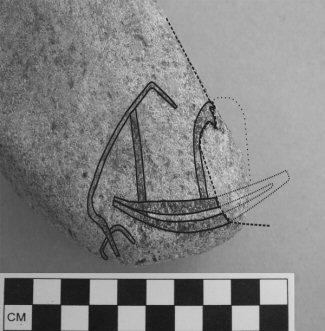
The Qustul incense burner is famous for one of the earliest depictions of the "White Crown of Upper Egypt", and actually belongs to the Lower Nubian A-Group culture (proto-Kushite). It also depicts 3 Nile Boats.
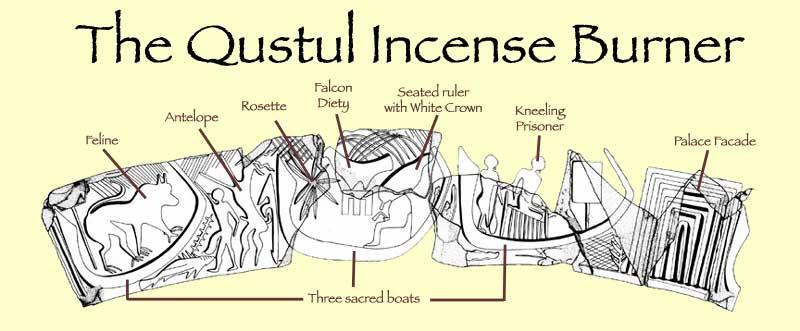
This is probably the clearest depiction of a uniquely Kushite vessel. Also interesting...
Other petroglyphs and graffito
Funerary barges :
Huy's ships, the clearest reference of what I believe some Kushite ships looked like:
-
 2
2
-
2 hours ago, Nescio said:
@Sundiata The other Kushite unit specific names are correct?
They're correct, but they are missing proper diacritics for now, so I'll go through them again and adjust where necessary. I'll post an updated list here when it's done.
-
I think this looks quite interesting. I've always wanted a more in depth economy for 0AD. My advice would be to keep it as intuitive as possible, and make sure there's lot's of tooltips

One caveat I see is that social classes in the ancient world were generally speaking quite rigid. People didn't just go from slave to citizen, or from citizen to noble very often.
-
That's really fantastic!
I had the uncontrollable urge to play "When Johnny Comes Marching Home" a couple times in a row today. I wonder why... Anyway, Hurrah, Hurrah!
By the way, I misread the title of this thread and spontaneously imagined Stokely Carmichael tapping his microphone at a rally in the 1960's. darn those Freudian slips...
-
 1
1
-
 2
2
-
-
17 minutes ago, Doktoreus said:
Kush Bireme
Kush Bireme is a Ptol placeholder unit without a specific name for now. We need a large Nile boat to replace it ( @Alexandermb

 )
)
-
 3
3
-
-
There is actually a very large corpus of colored Ancient Egyptian frescoes, by the Ancient Egyptians themselves. Skin tones vary wildly from a very light, yellowish brown to a very dark reddish brown. Reddish brown is by far the most common skin-tone. As for the Ptolemaic roster, of course all the Greek and Galatian units should remain white. As for the female citizens and native troops, some melanin definitely wouldn't be out of order, although "Kushite black" is definitely too dark...
If you're interested in improving their skin-tones for historical accuracy sake, I'd suggest, for "native" troops, something like 1/10 black, 4/10 reddish brown, 4/10 yellowish brown, 1/10 white. The black representing resident Kushite populations (quite a considerable group, apparently, even as far north as Alexandria), the reddish and yellowish brown representing native Egyptians, and the white representing Greeks and other light skinned peoples from the Middle East and Europe that weren't necessarily part of the ruling classes or nobility.
While on the topic, after careful consideration (
 ), I'd like to suggest a similar more reddish brown skin-tone variant for a few Kushite units. Especially the Napatan temple guard and Napatan priest, could have about 1/2 reddish brown. Currently it's more a "faded" lighter brown instead of the reddish tint.
), I'd like to suggest a similar more reddish brown skin-tone variant for a few Kushite units. Especially the Napatan temple guard and Napatan priest, could have about 1/2 reddish brown. Currently it's more a "faded" lighter brown instead of the reddish tint.
If you want some Sub-Saharan ethnic flair, the "Nubian archers", a Ptolemaic mercenary unit was removed a few years ago "under dubious circumstances"... Another really attractive Kushite mercenary unit for the Ptolemies would be the "Aethiopian Axemen". At least 3 Ptolemaic and 1 one Roman (or also Ptolemaic) period figurines survive from Egypt depicting Hellenized axmen with Sub-Saharan features.
The Ancient Egyptians through their own eyes:
Basically, some of them looked very Middle Eastern/North African, some of them looked very Sub-Saharan/Horn of Africa, most of them were something in between. Not surprising from an Afro-Asiatic speaking population on the crossroad between Africa and Asia. One thing is clear, Ancient Egyptian women were drop-dead gorgeous! Yowza!
-
 2
2
-
-
6 hours ago, Nescio said:
@Sundiata, could you check the Kushite specific names?
Reconstructed Late Egyptian/Napatan Dialect (and one Meroitic) specific names, accompanied by the literal translation
- Archery Range: Pr-Pdt (house of the bow)
- Cavalry Stable: Ỉḥ Ssmt (horse stable)
- Elephant Stable: Ỉḥ Abu (elephant stable), or probably more appropriate: Meroitic: Ỉḥ Abore
- Siege Workshop: Pr-ỉwn n ms (house of the movable tower)
-
17 hours ago, Nescio said:
tappetia / τάπης
How interesting... In the Dutch language, a carpet is known as "tapijt" (tɐˈpɛi̯t)... So close to the Greek τάπης and the Latin tappetia...
And let's not forget the French "tapis" (carpet), or the Portuguese "tapete" (carpet). Even the German "teppich" (carpet).
-
@Nescio, marvelous, thank you! I also saw a bunch of mentions of the word tapestry in English. Following example is from a Latin comedy, I believe. Alexandria was apparently a centre for tapestry weaving...
T. Maccius Plautus, Pseudolus, or The Cheat http://www.perseus.tufts.edu/hopper/text?doc=Perseus:text:1999.02.0107:act=1:scene=2
QuoteNow, therefore, unless you all of you give your attention to this charge, unless you remove drowsiness and sloth from your breasts and eyes, I'll make your sides to be right thoroughly marked with thongs, so much so that not even Campanian coverlets are coloured as well, nor yet Alexandrian tapestry of purple embroidered with beasts all over. Even yesterday I already gave you all notice, and assigned to each his own respective employment; but so utterly worthless are you, so neglectful, of such stub-born dispositions, that you compel me to put you in mind of your duty with a basting.
3 Alexandrian tapestry: We learn from Pliny the Elder that the people of Alexandria excelled in weaving tapestry of many threads, which was called "polymita." They excelled both the Babylonians and Phrygians in depicting birds, beasts, and human beings, upon their productions. Campania seems from the present passage to have been famous for its counterpanes.
-
Let me add a little to that headache... My ancient Greek is like, super rusty
 , so maybe you guys, @Nescio & @Anaxandridas ho Skandiates can explain the mention of carpets in these English translations?
, so maybe you guys, @Nescio & @Anaxandridas ho Skandiates can explain the mention of carpets in these English translations?
As we probably all agree, they wouldn't have been common. But that's not being challenged. Just the idea to remove all of them, as opposed to using them only where appropriate.
Homer, The Iliad (Hom. Il. 10.115) http://www.perseus.tufts.edu/hopper/text?doc=Perseus:text:1999.01.0217:book=10:card=115
QuoteOn this Odysseus went at once into his tent, put his shield about his shoulders and came out with them. First they went to Diomedes son of Tydeus, and found him outside his tent clad in his armor with his comrades sleeping round him and using their shields as pillows; as for their spears,
they stood upright on the spikes of their butts that were driven into the ground, and the burnished bronze flashed afar like the lightning of father Zeus. The hero was sleeping upon the skin of an ox, with a piece of fine carpet under his head; Nestor went up to him and stirred him with his heel to rouse him, upbraiding him and urging him to bestir himself. "Wake up," he exclaimed, "son of Tydeus. How can you sleep on in this way? Can you not see that the Trojans are encamped on the brow of the plain hard by our ships, with but a little space between us and them?"
Homer, The Odyssey (Hom. Od. 10.8) http://www.perseus.tufts.edu/hopper/text?doc=Perseus:text:1999.01.0218:book=10:card=8
Quote"Meanwhile her four servants, who are her housemaids, set about their work. They are the children of the groves and fountains, and of the holy waters that run down into the sea. One of them spread a fair purple cloth over a seat, and laid a carpet underneath it. Another brought tables of silver up to the seats, and set them with baskets of gold. A third mixed some sweet wine with water in a silver bowl and put golden cups upon the tables, while the fourth brought in water and set it to boil in a large cauldron over a good fire which she had lighted.
Horatius Flaccus (Horace), The Works of Horace (Hor. S. 2.6) http://www.perseus.tufts.edu/hopper/text?doc=Perseus:text:1999.02.0063:book=2:poem=6
QuoteAnd now the night possessed the middle region of the heavens, when each of them set foot in a gorgeous palace, where carpets dyed with crimson grain glittered upon ivory couches, and many baskets of a magnificent entertainment remained, which had yesterday been set by in baskets piled upon one another. After he had placed the peasant then, stretched at ease, upon a splendid carpet; he bustles about like an adroit host, and keeps bringing up one dish close upon another, and with an affected civility performs all the ceremonies, first tasting of every thing he serves up.
Xenophon, Anabasis (Xen. Anab. 7.3) http://www.perseus.tufts.edu/hopper/text?doc=Perseus:text:1999.01.0202:book=7:chapter=3
QuoteNext he came up to Timasion the Dardanian,—for he heard that he had some Persian drinking cups and carpets,—and said that it was customary when Seuthes invited people to dinner, for those who were thus invited to give him presents. “And,” he continued, “in case this Seuthes becomes a great man in this region, he will be able either to restore you to your home or to make you rich here.”
[...]
When the drinking was well under way, there came in a Thracian with a white horse, and taking a full horn he said: “I drink your health, Seuthes, and present to you this horse; on his back pursuing you shall catch whomever you choose, and retreating you shall not fear the enemy.” Another brought in a boy and presented him in the same way, with a health to Seuthes, while another presented clothes for his wife. Timasion also drank his health and presented to him a silver bowl and a carpet worth ten minas
That last one is particularly interesting as it even mentions the actual monetary value of that particular carpet ("ten minas"), quite expensive...
Diogenes Laertius, Lives of Eminent Philosophers (D. L. 5.4) http://www.perseus.tufts.edu/hopper/text?doc=Perseus:text:1999.01.0258:book=5:chapter=4
QuoteThey shall also remunerate the physicians Pasithemis and Medias who for their attention to me and their skill deserve far higher reward. I bequeath to the child of Callinus a pair of Thericlean cups, and to his wife a pair of Rhodian vessels, a smooth carpet, a rug with nap on both sides, a sofa cover and two cushions the best that are left, that, so far as I have the means of recompensing them, I may prove not ungrateful.
This was also interesting: http://www.iranicaonline.org/articles/carpets-vi
-
 1
1
-
-
Isis from Meroë reveals herself
I was browsing through the Meroitic period artefacts in the archives of the British Museum, and found myself just staring at a few individual relief blocks. I suddenly realized that they were part of the same relief. A little bit more research revealed that these blocks were indeed all from the rear wall of the chapel of pyramid N17 in Meroë. This pyramid belonged to King Amanitenmemide, 1st century AD (or BC). Turns out that the chapel was removed from Sudan in 1905, with one wall being shipped to Berlin, and the other wall being shipped to London. The one that was sent to Berlin was reconstructed and is currently on display in the Neues Museum. The one that was sent to London (only 6 blocks survived) is not reconstructed. In fact it is not even on display... The archives of the British Museum house 1703 Meroitic and Napatan period artefacts, the vast majority of them not photographed (or at least their photographs haven't been published, or publicly catalogued), nor are they on display.
I dowloaded the images of the blocks in the London archives, cut them out, and put them back together again. A beautiful, voluptuous African winged goddess appears: Isis!
A winged goddess, Isis, wearing the vulture crown and a sun disk with cow horns, backing the Kushite Lion Throne of the seated king, Amanitenmemide. The goddess is depicted with exposed bosom, a symbol of fertility.
https://www.britishmuseum.org/research/collection_online/search.aspx?searchText=n17+meroe
For comparison, here is the reconstructed relief from the other wall of the chapel, currently in Berlin:
King Amanitenmemide himself!
-
 1
1
-
 1
1
-

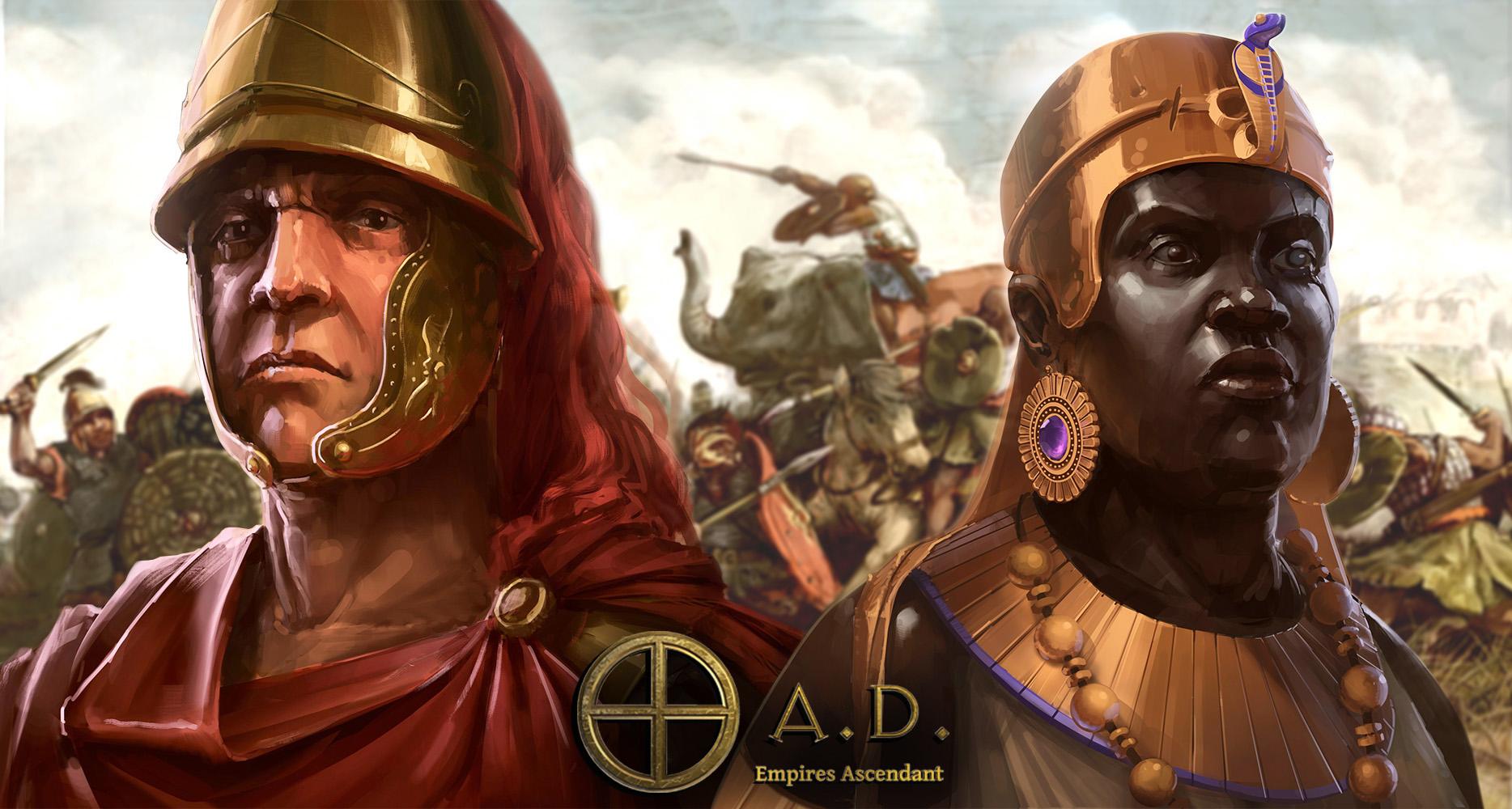

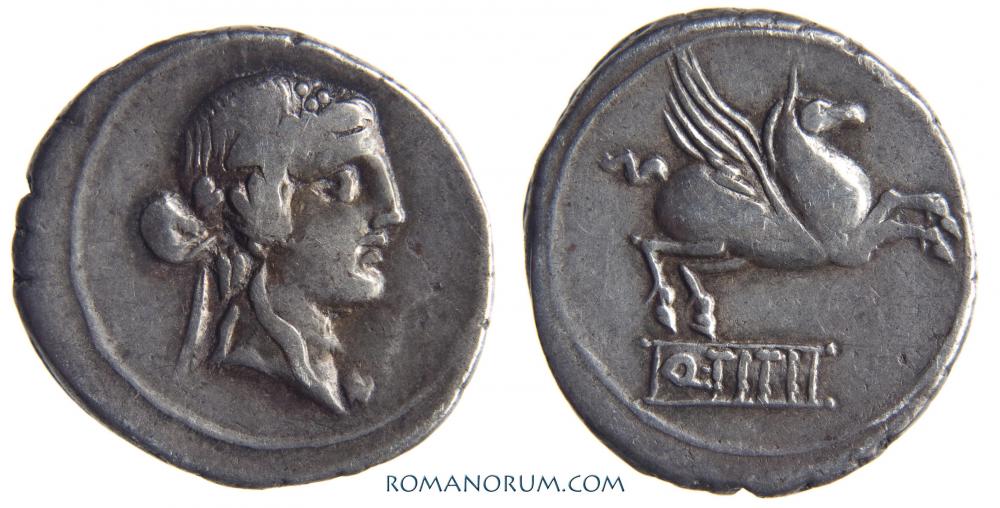
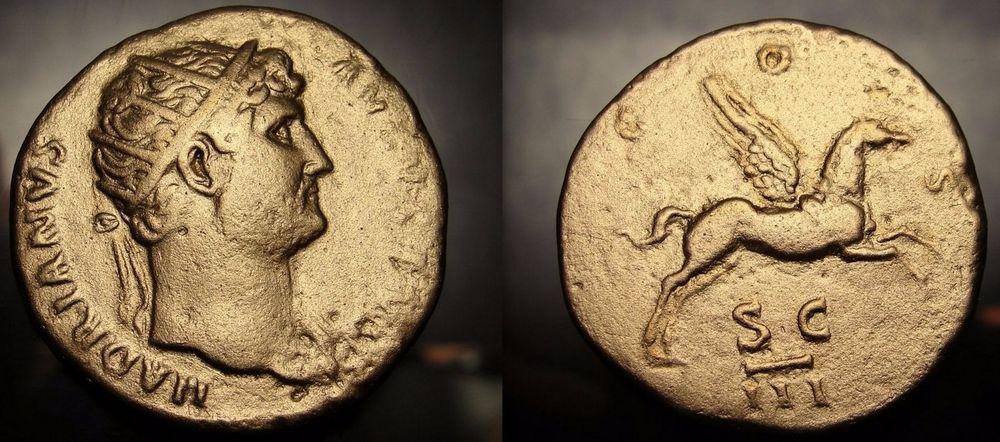
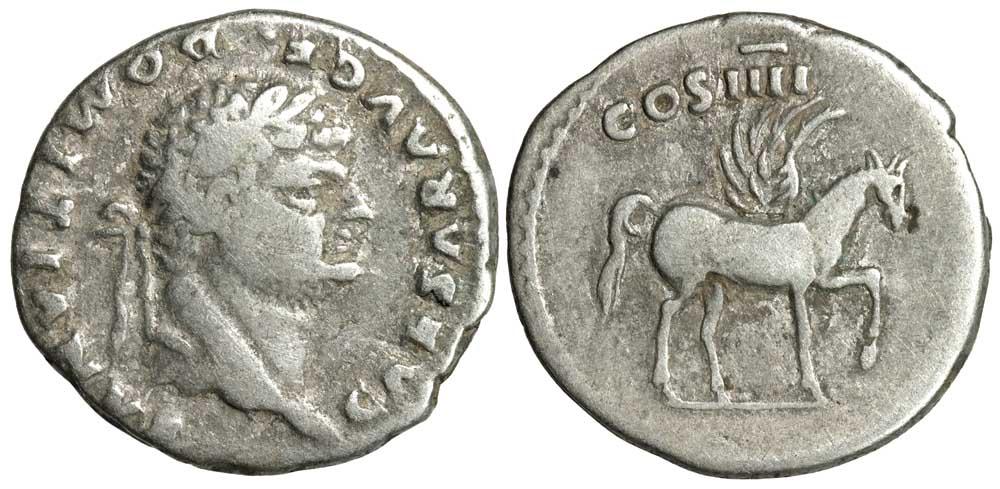
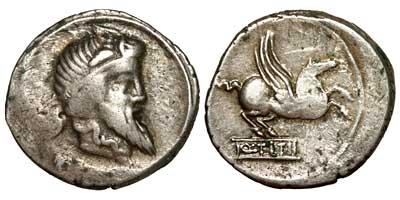
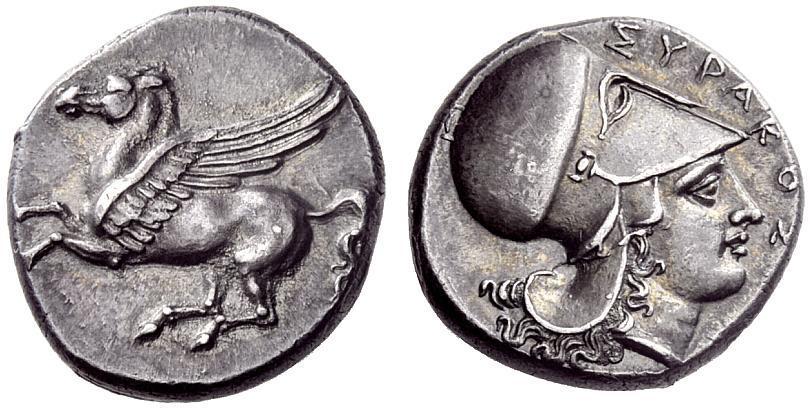


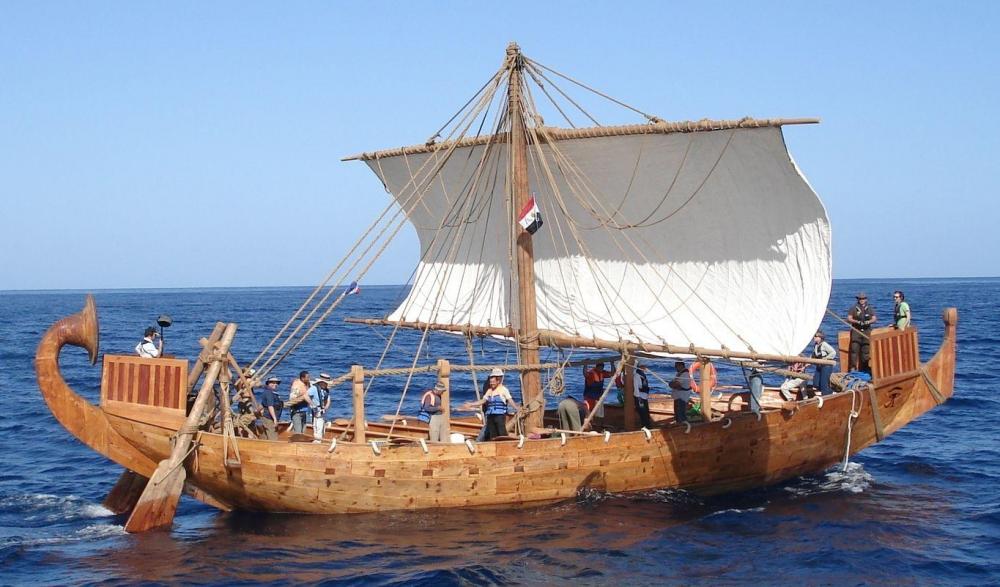
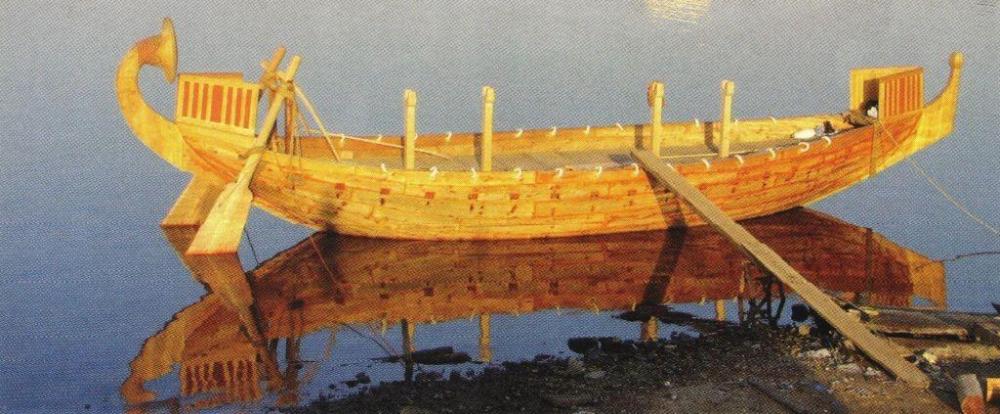
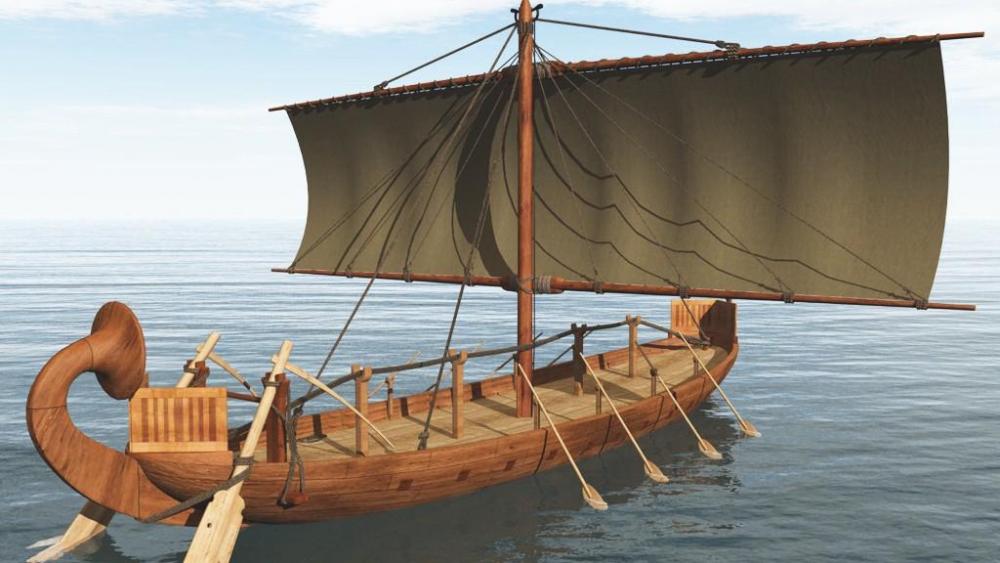
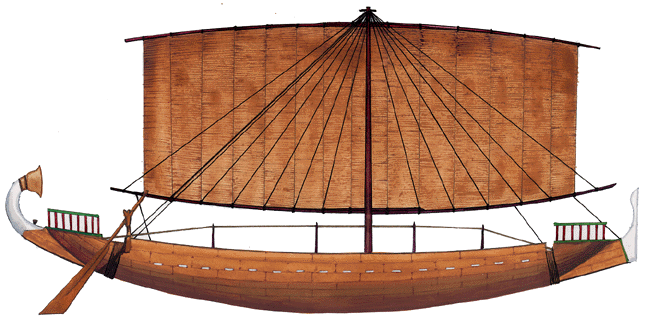
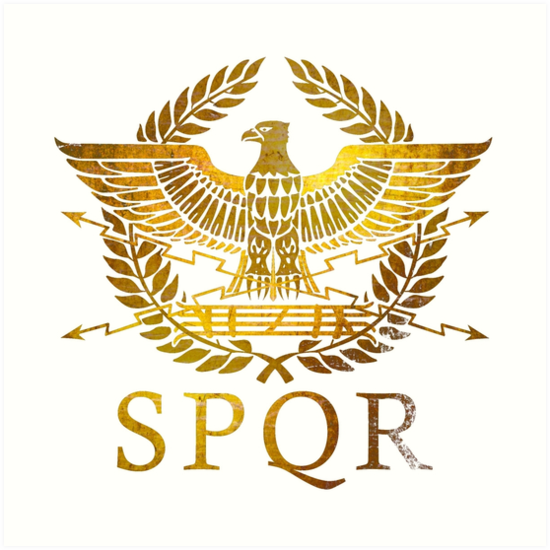
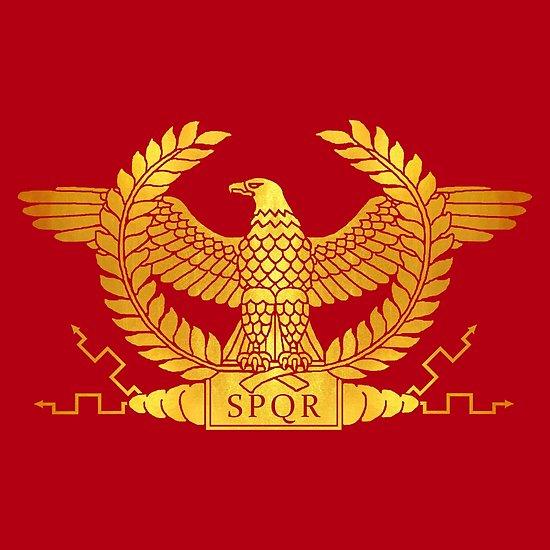
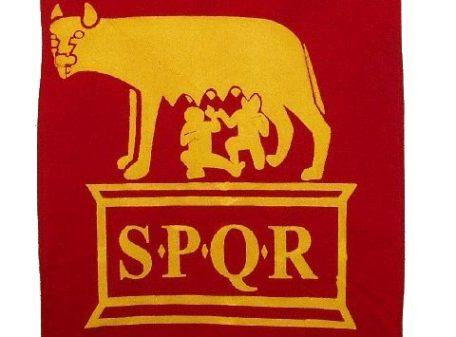
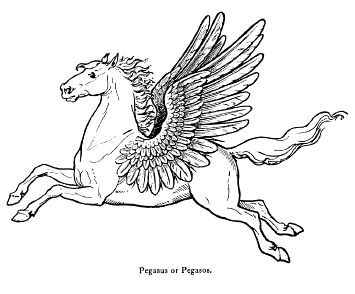
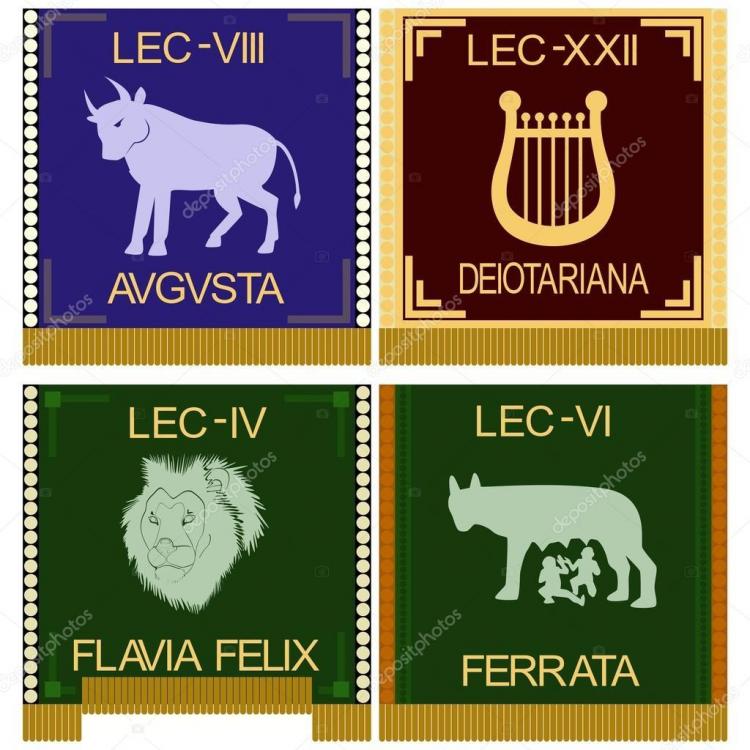
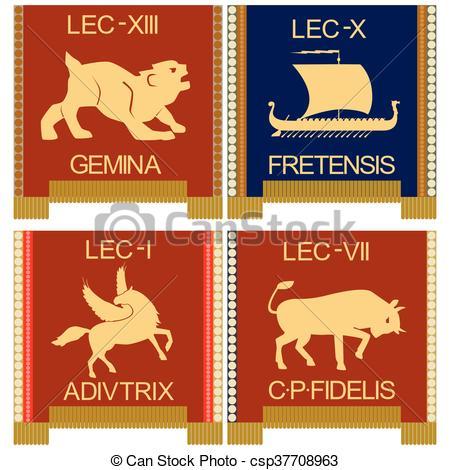
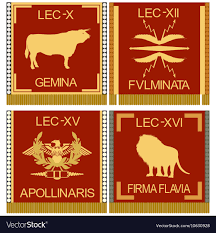
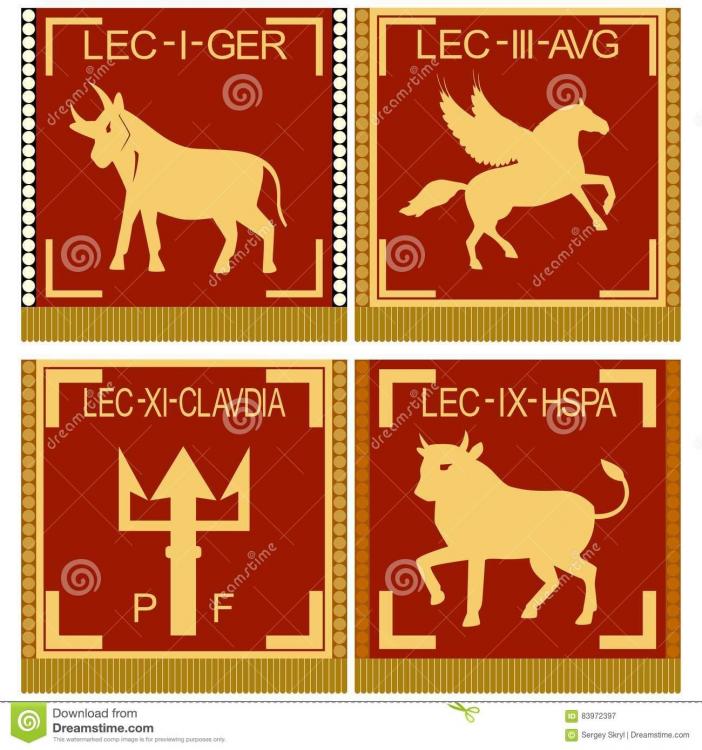
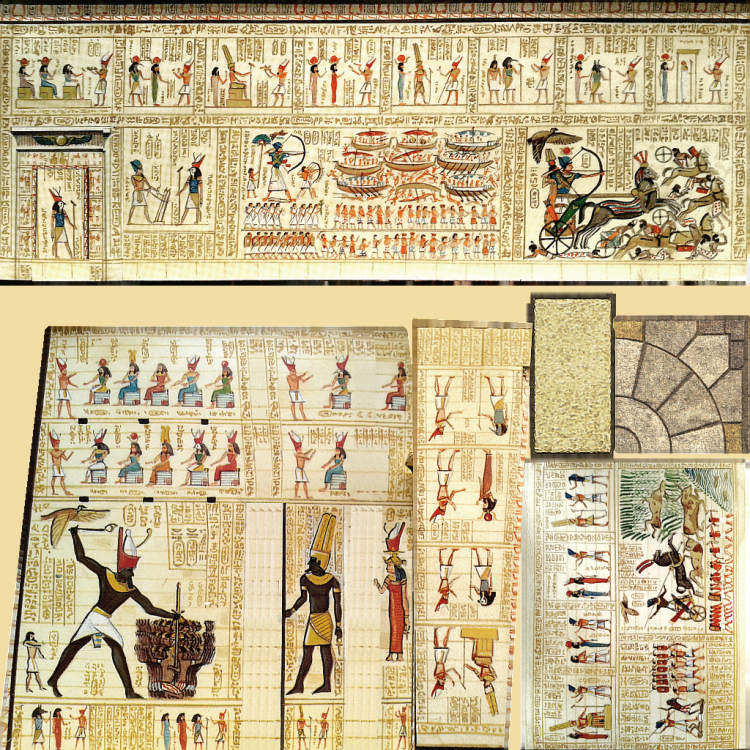
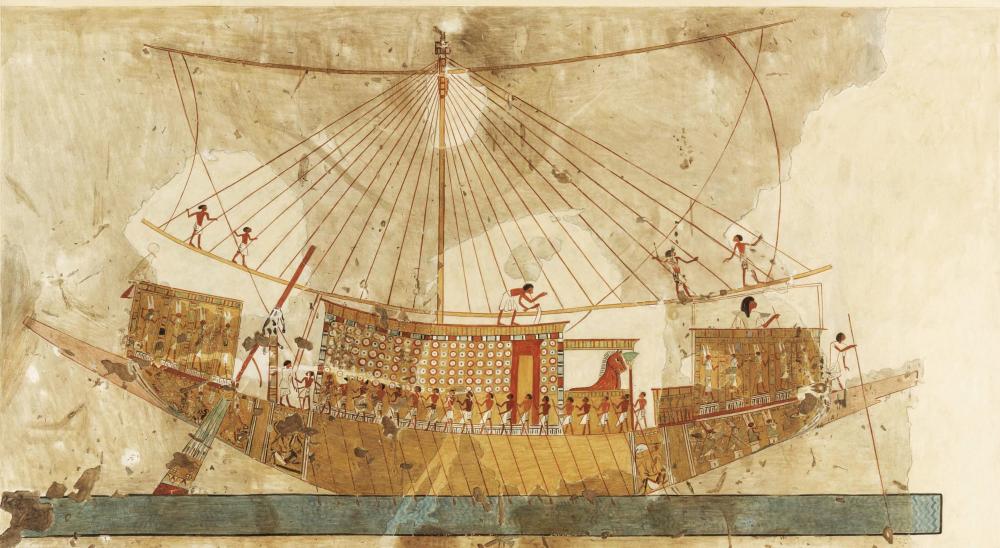
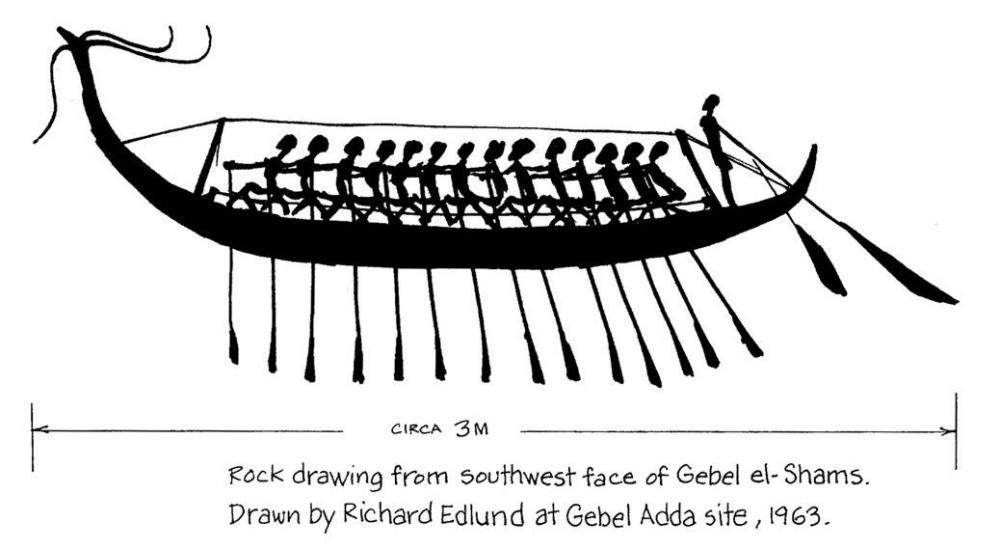

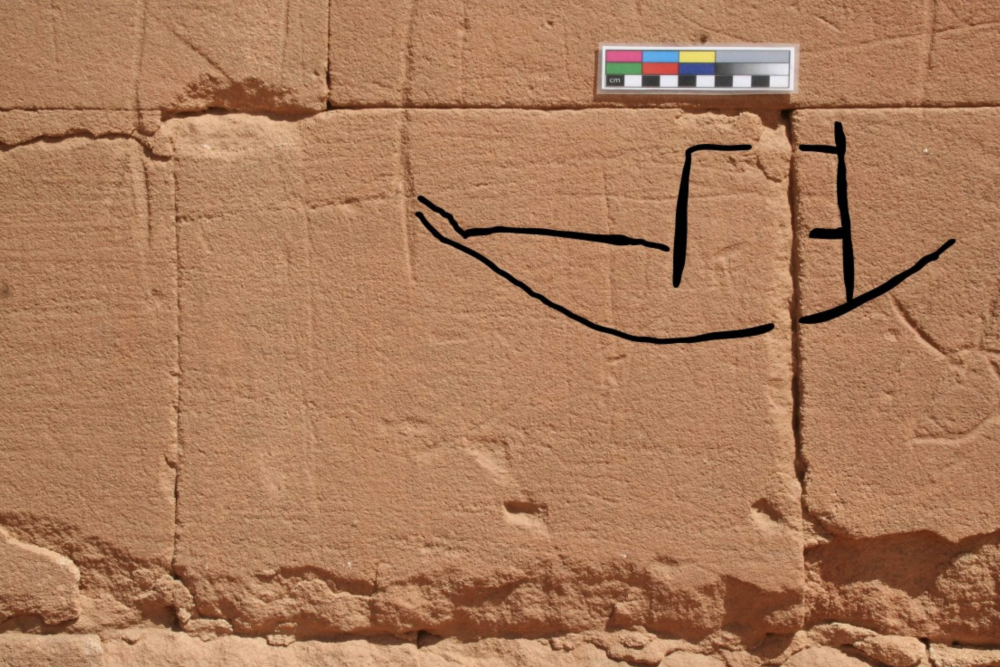
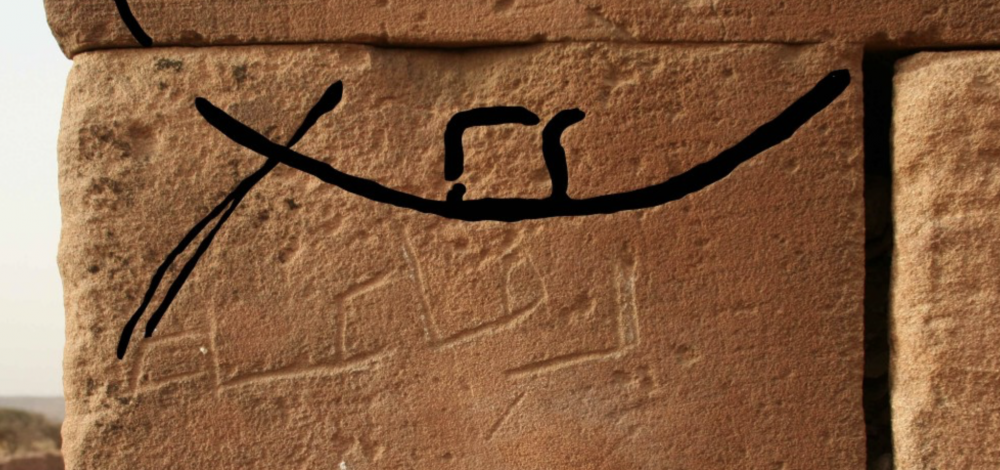
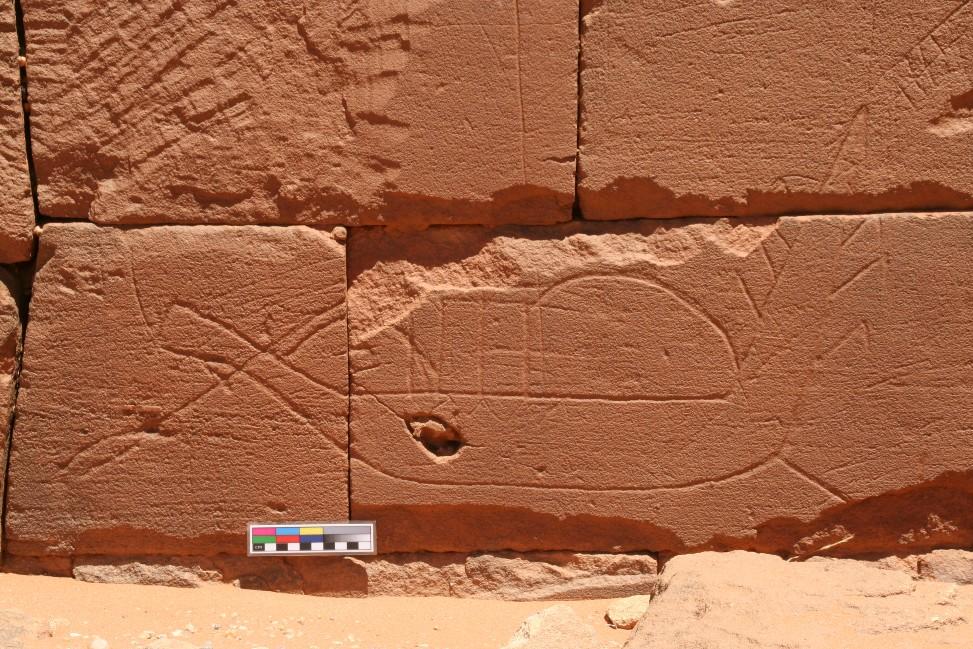
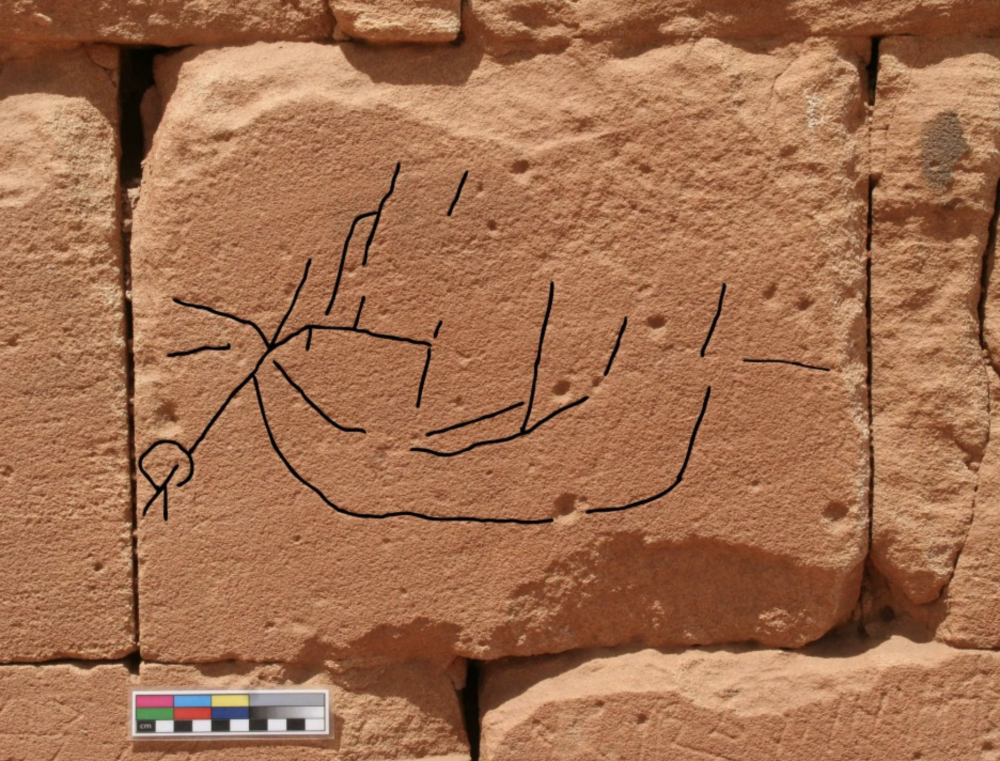
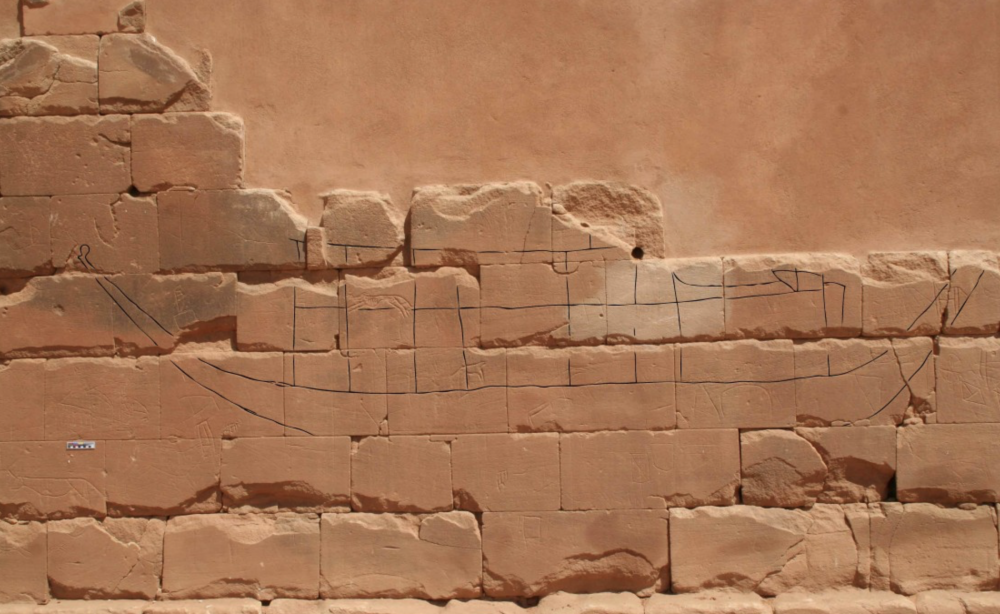
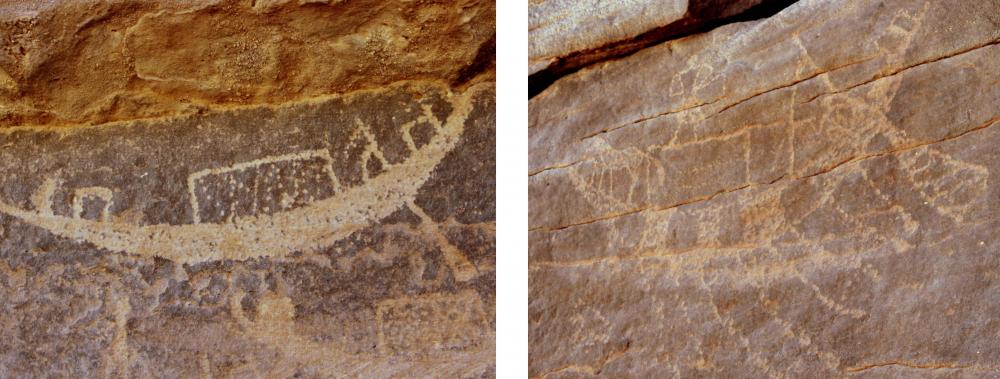
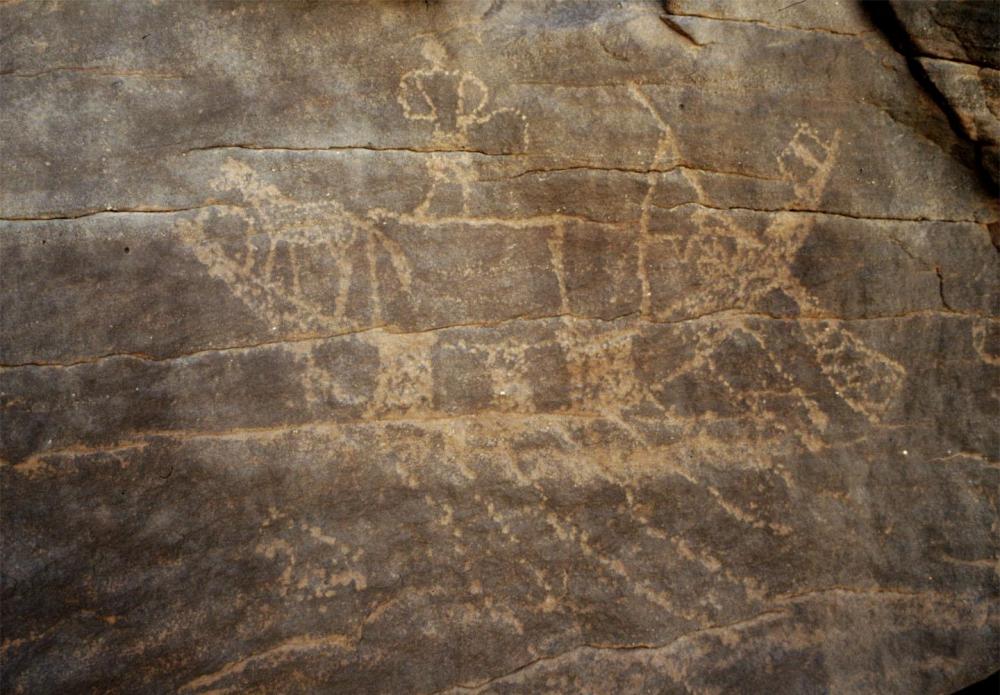
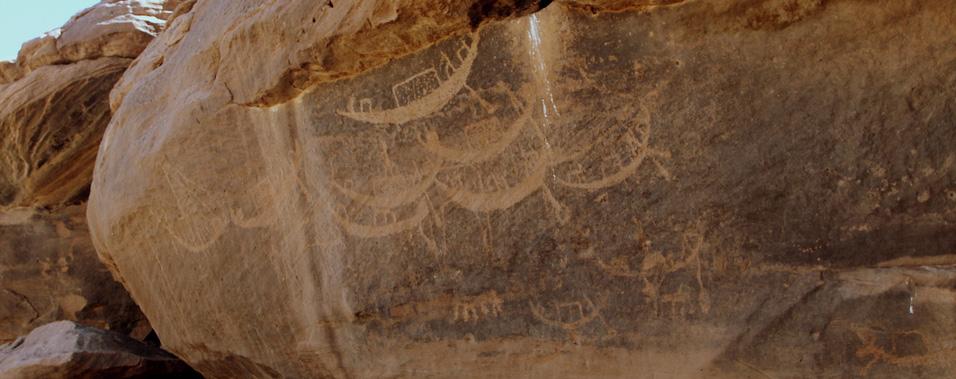
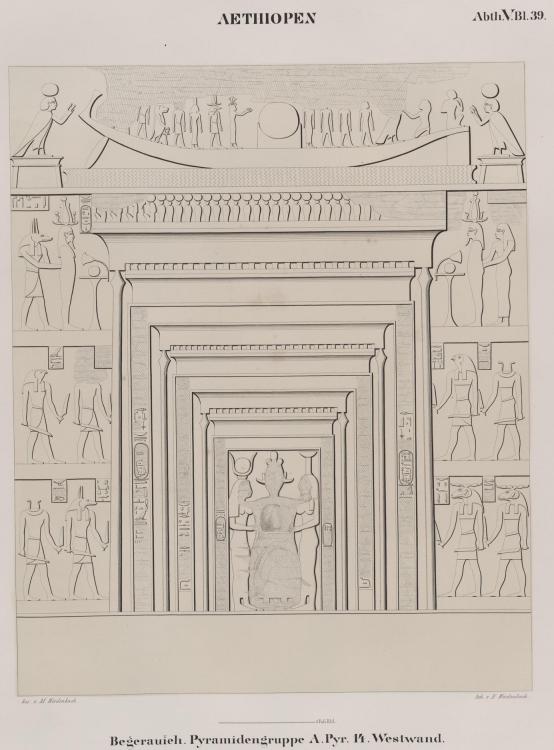
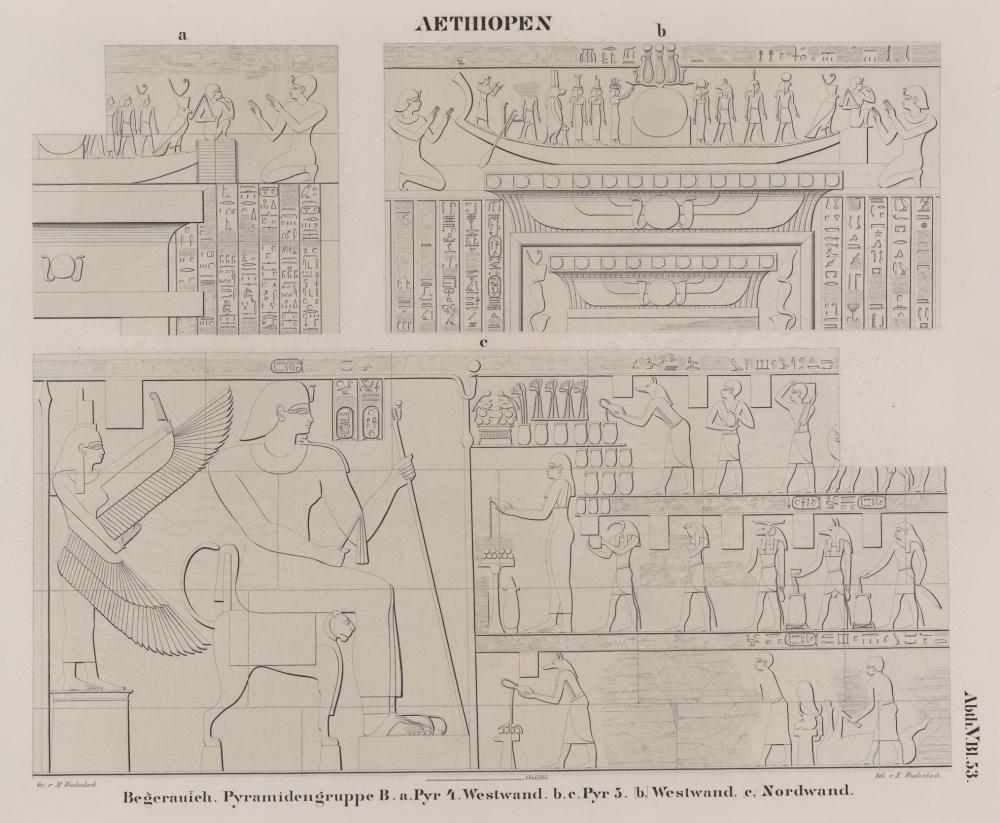
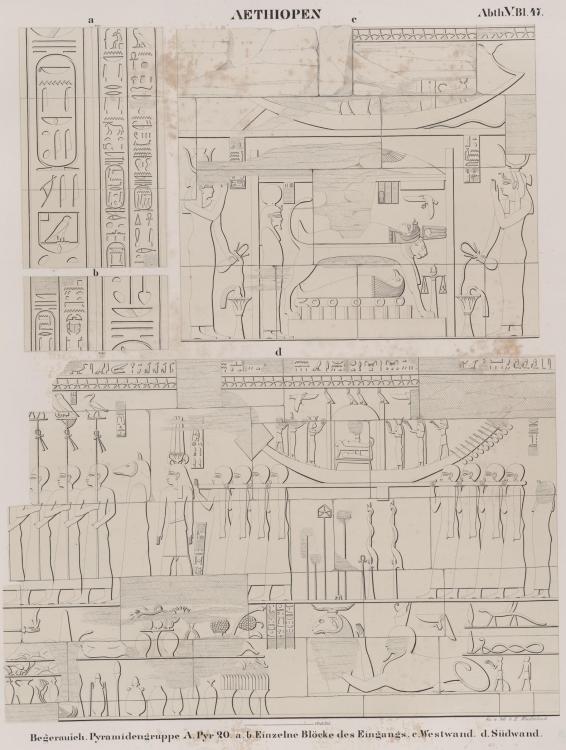
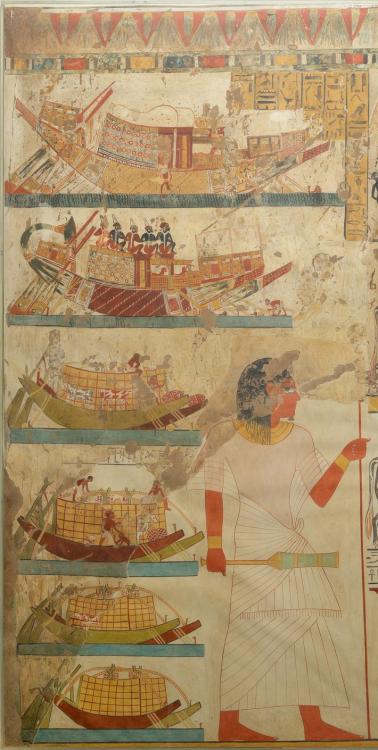
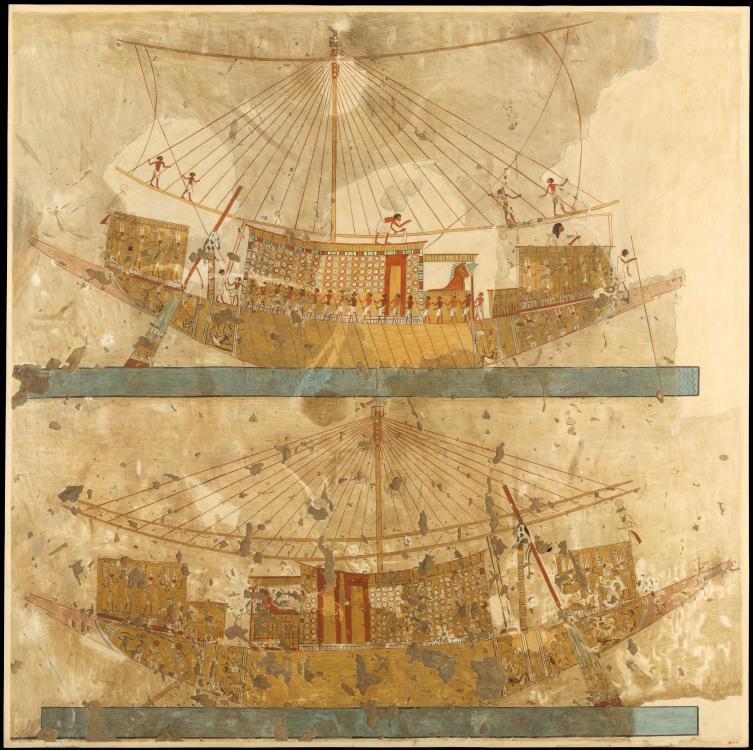
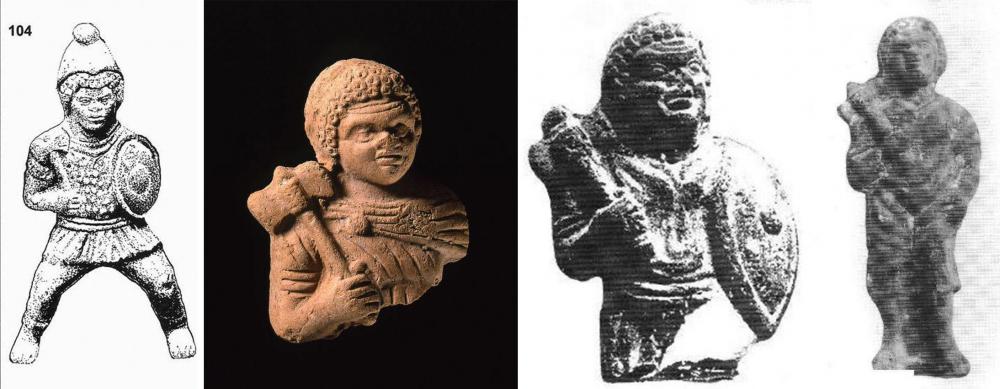
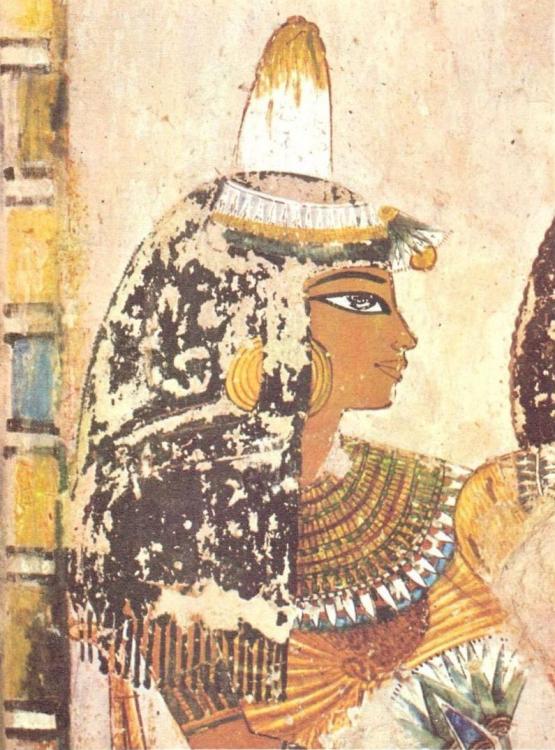
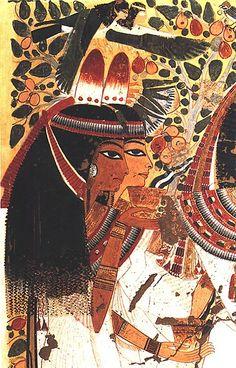
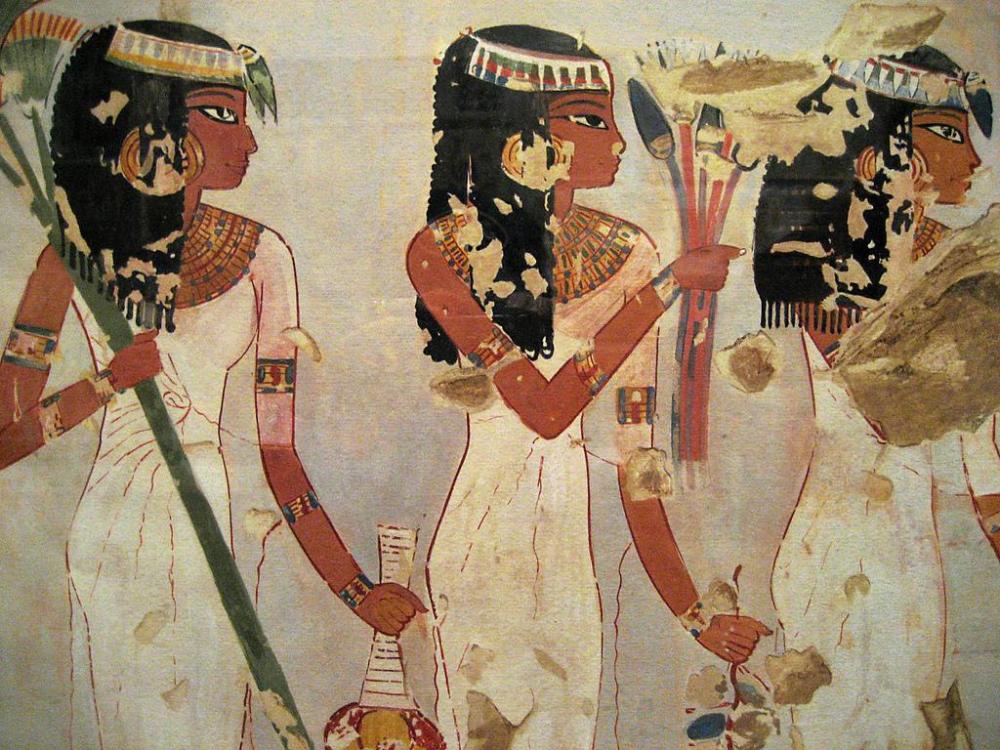
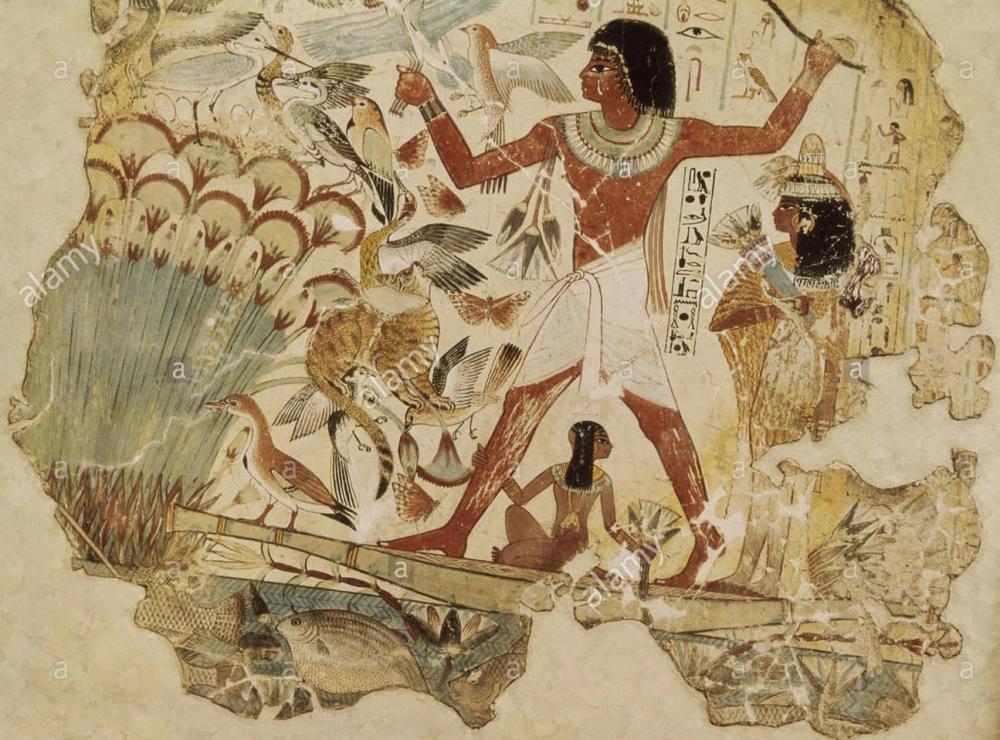
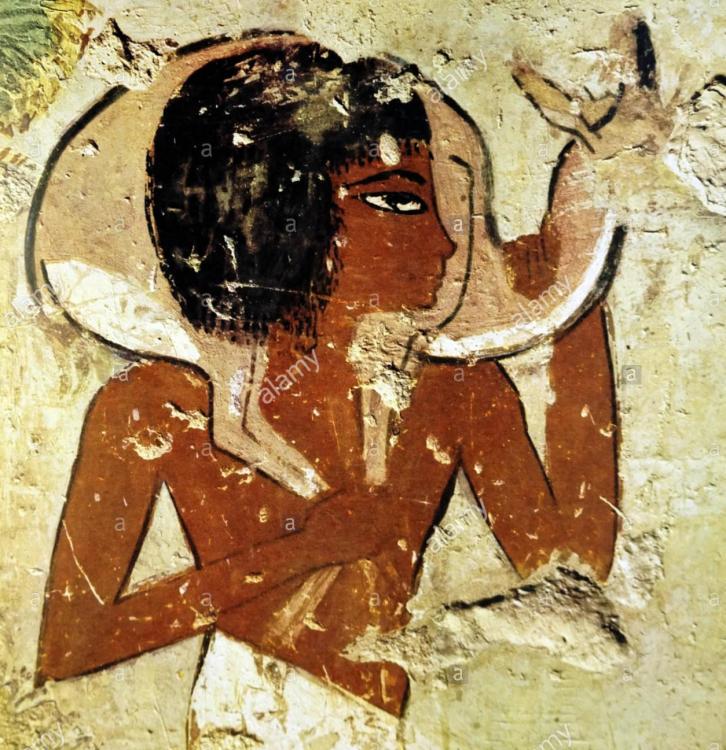
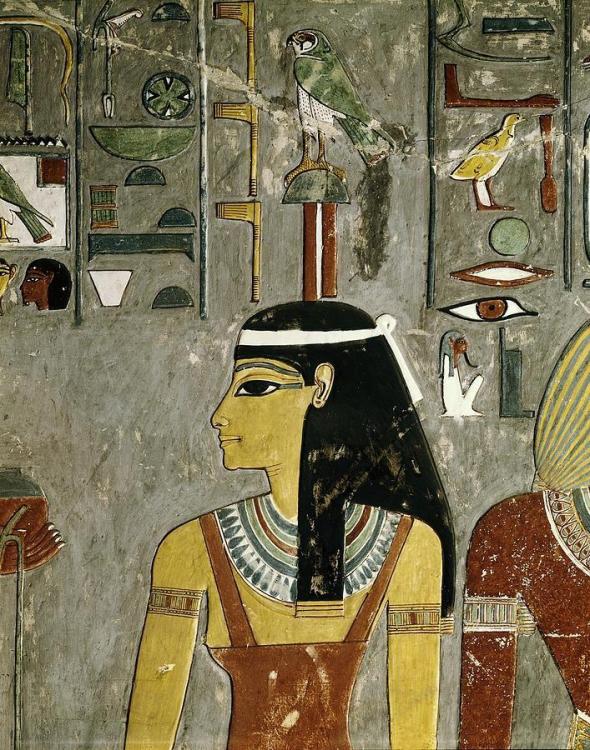
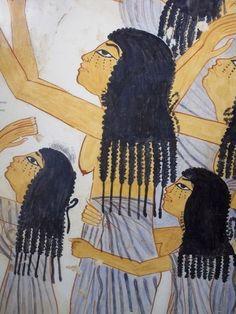
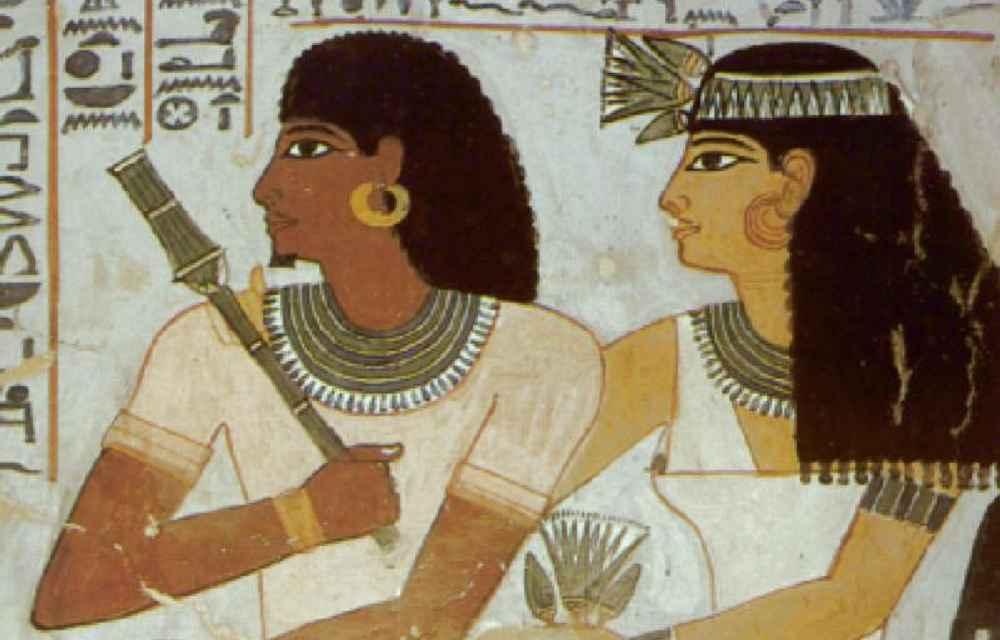
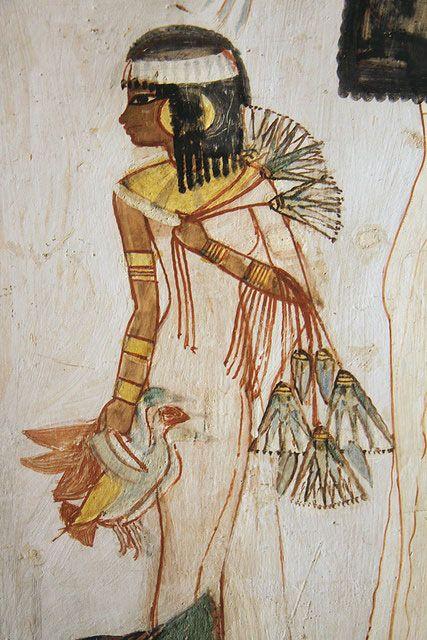
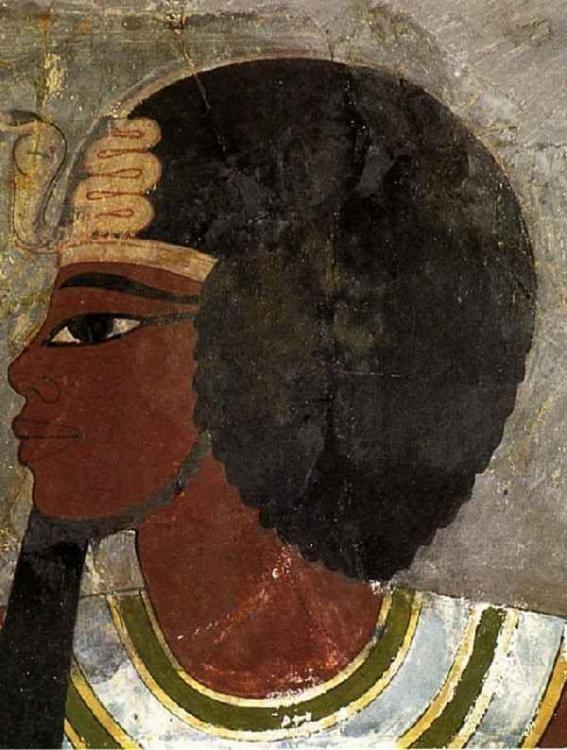
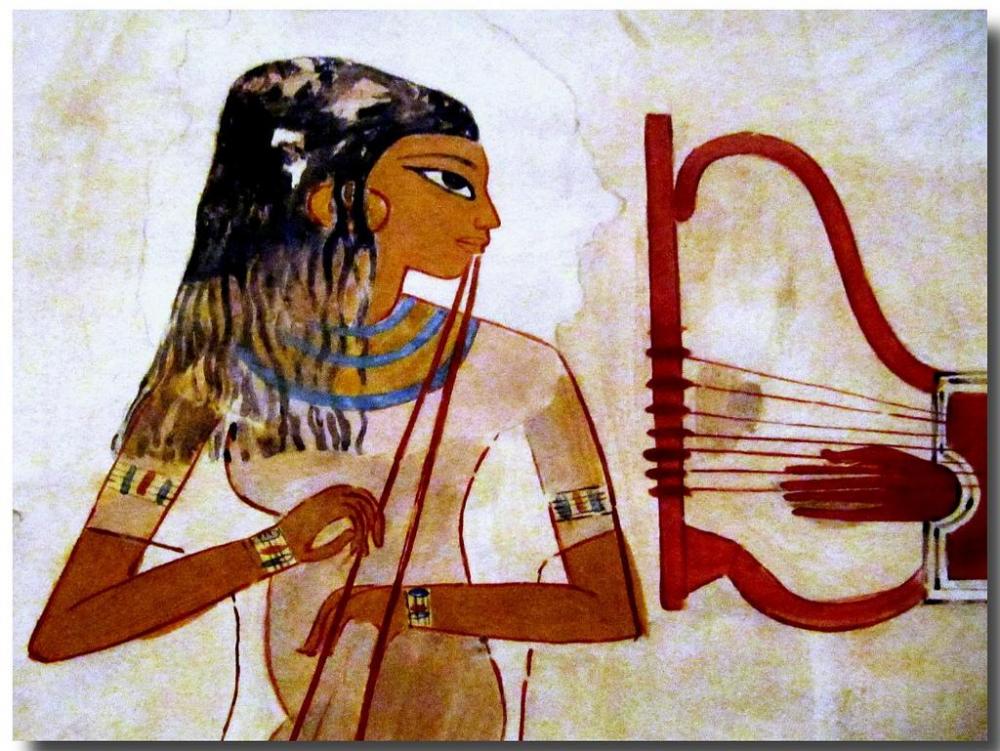
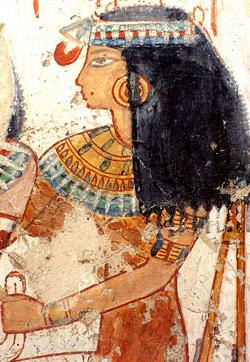
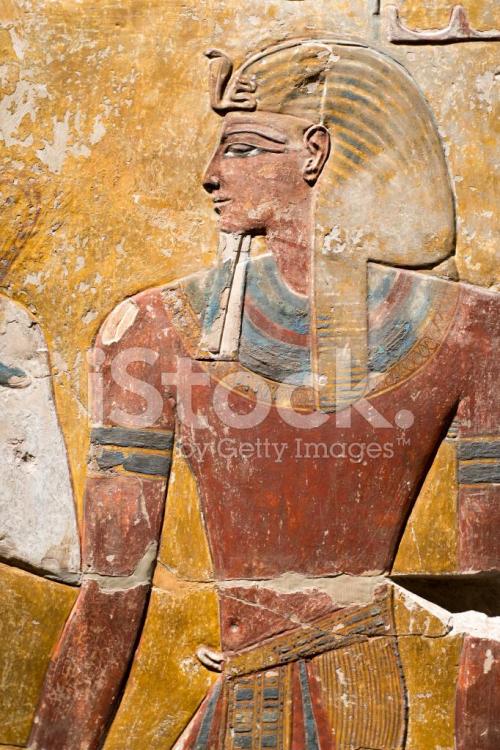
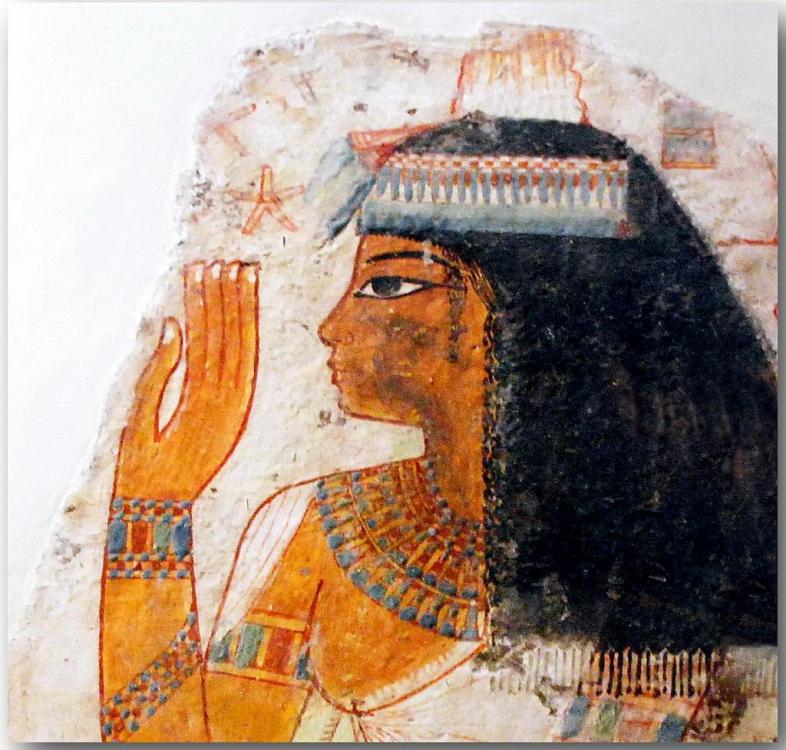
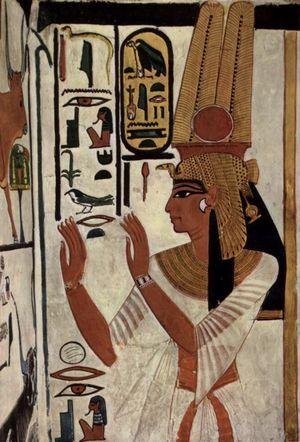
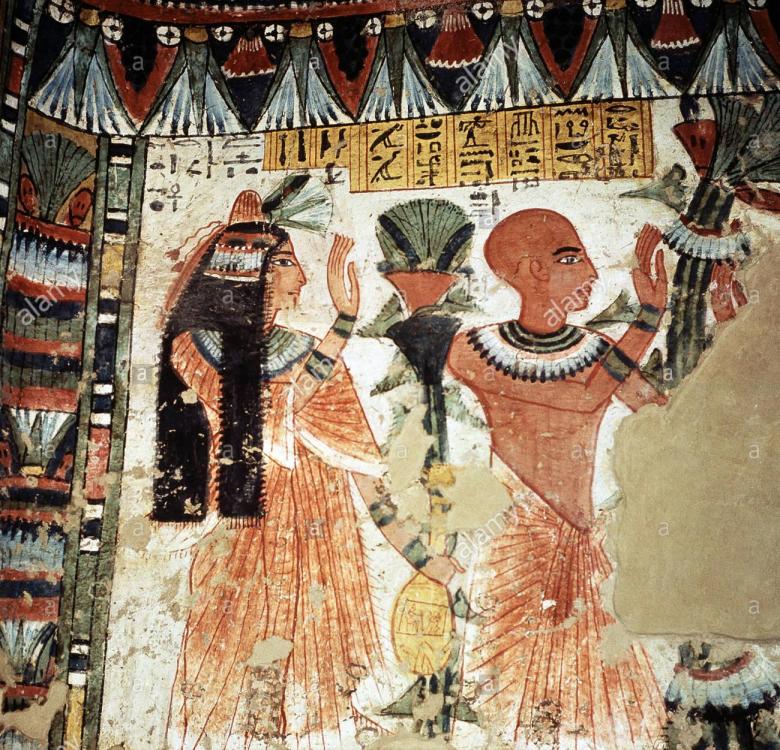
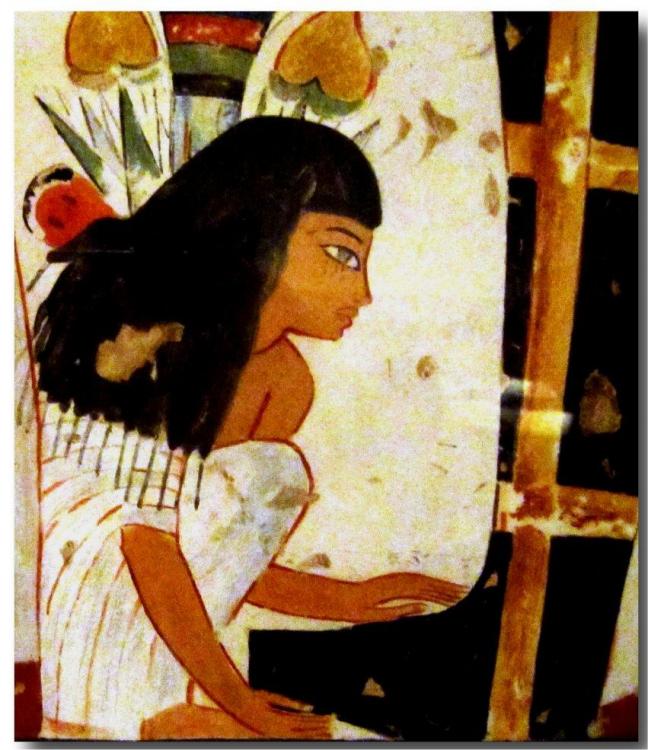
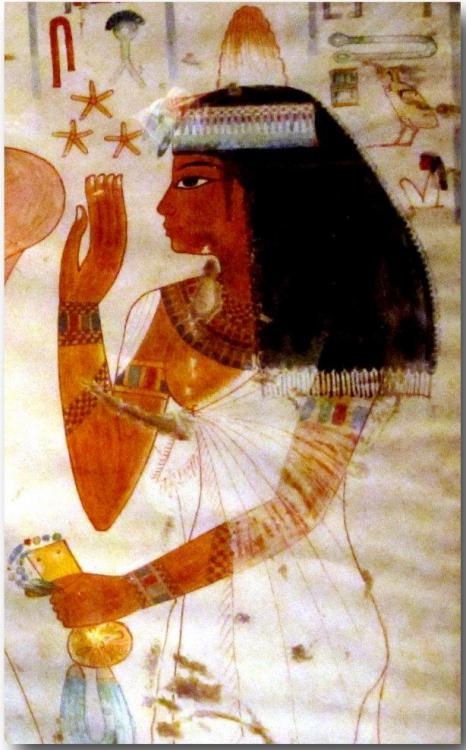
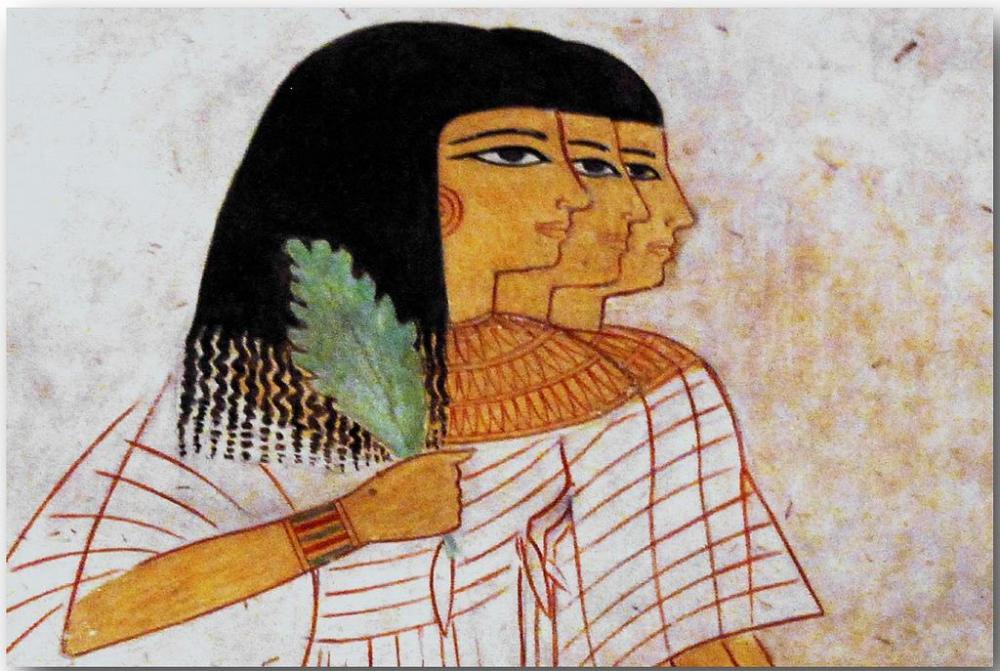
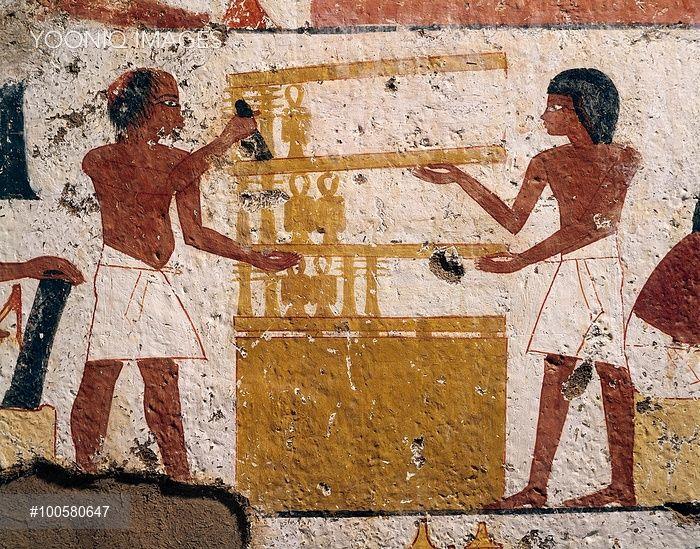
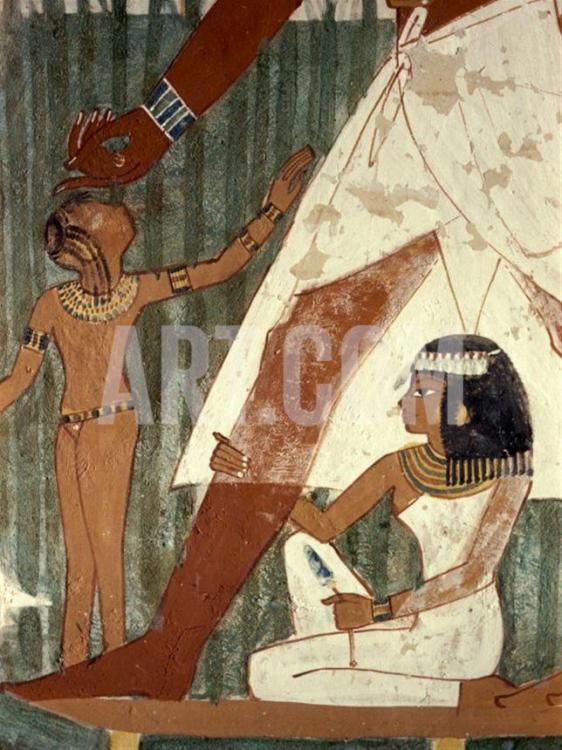
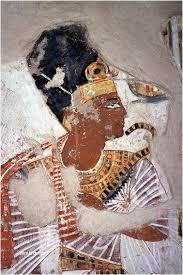
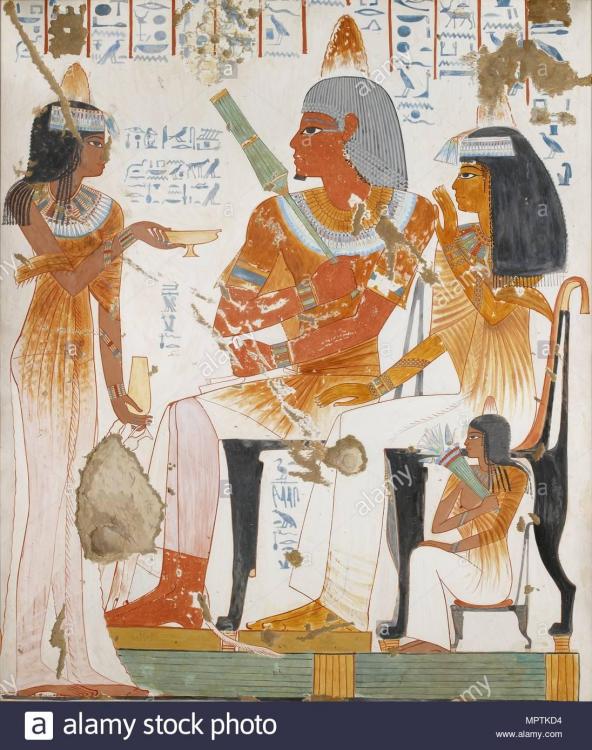
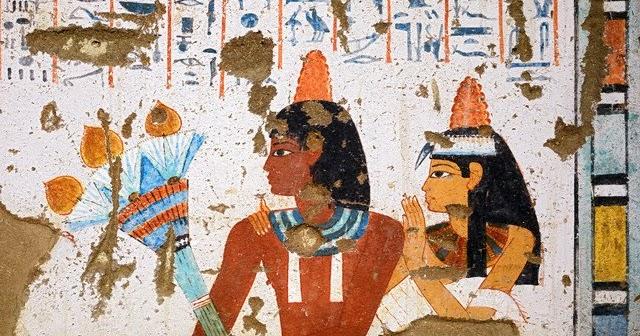
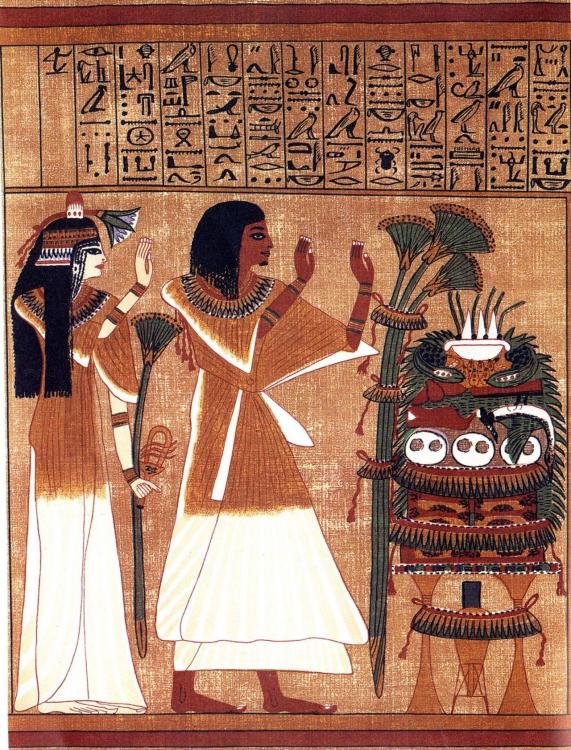
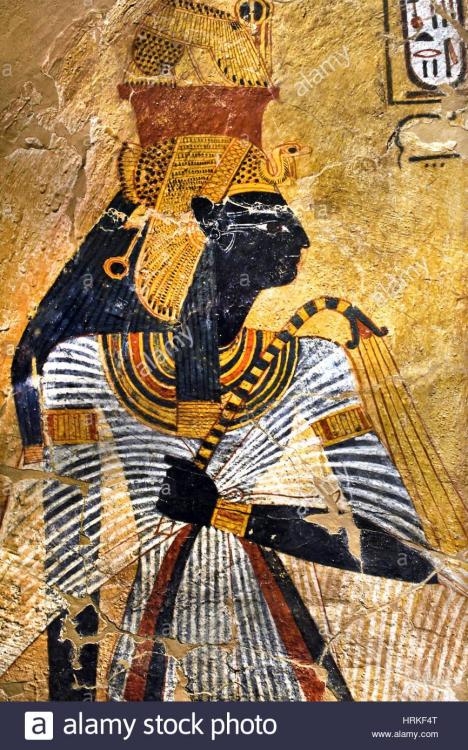
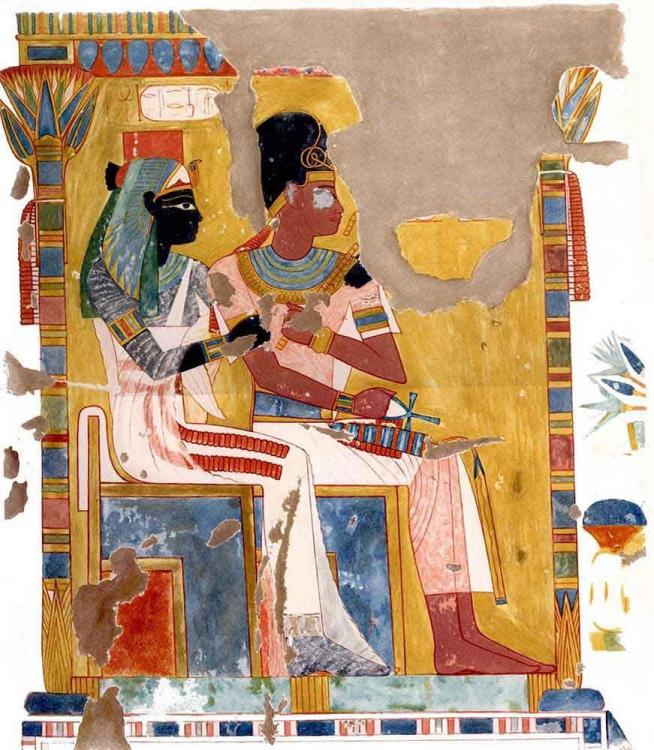
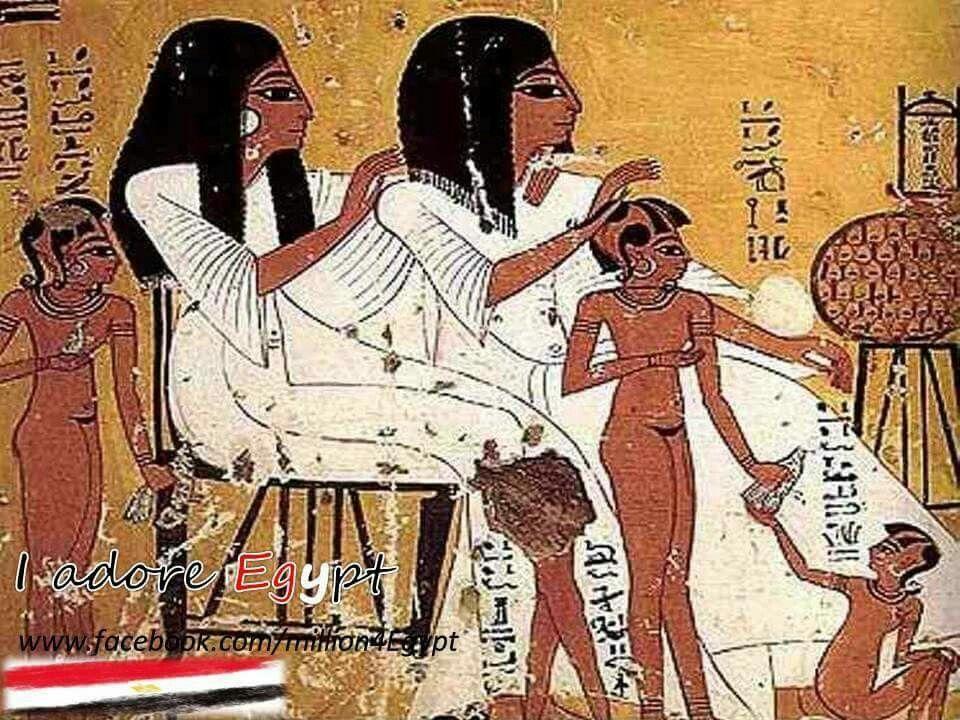
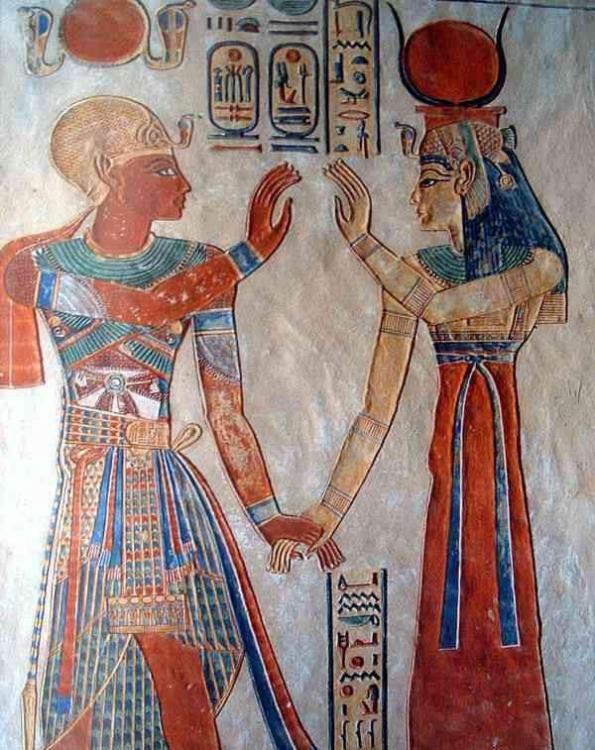
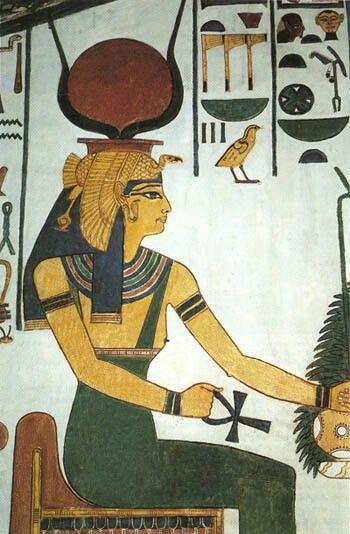
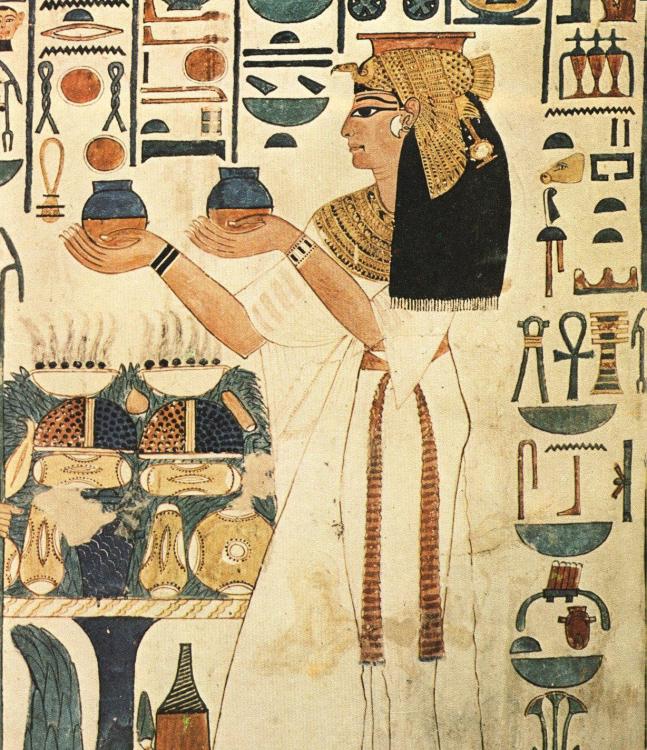
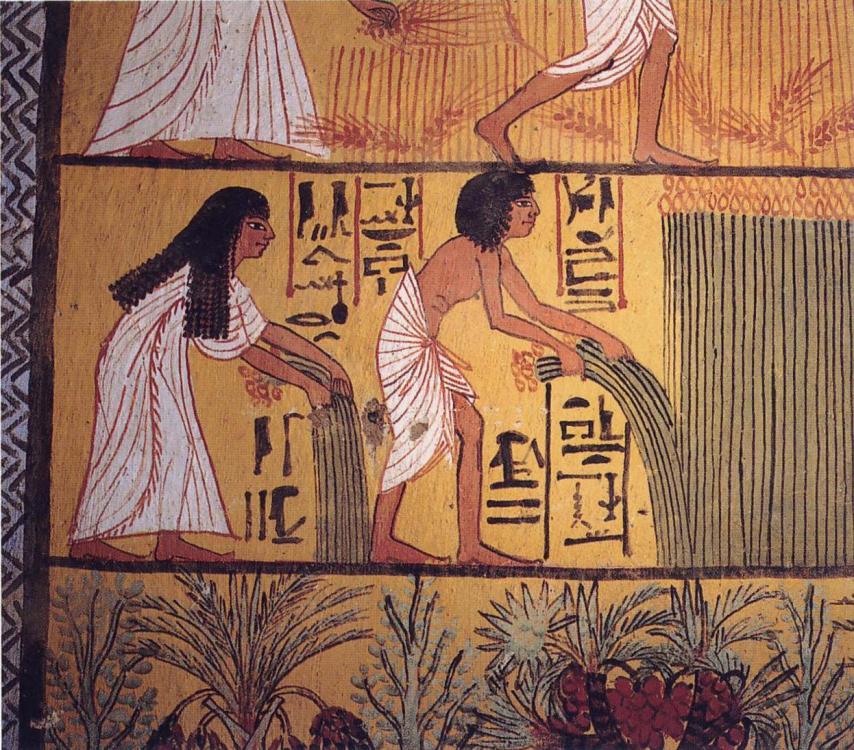
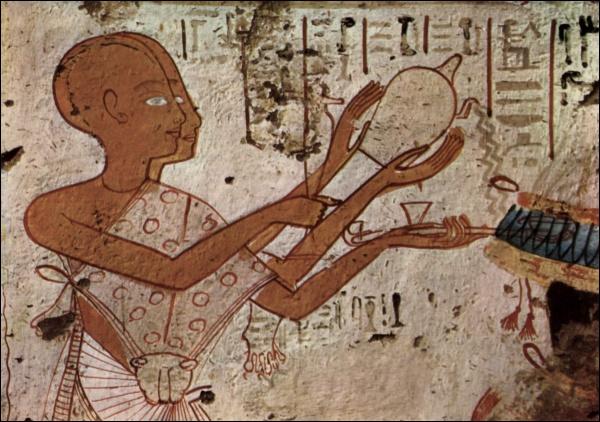
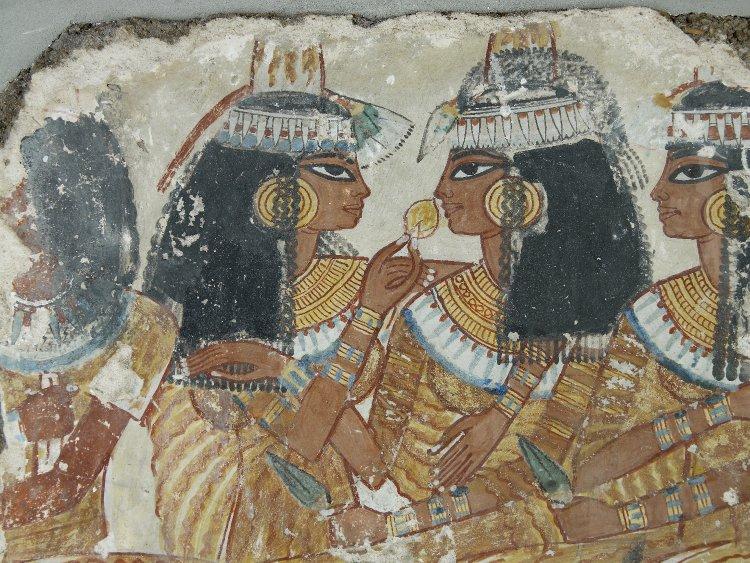
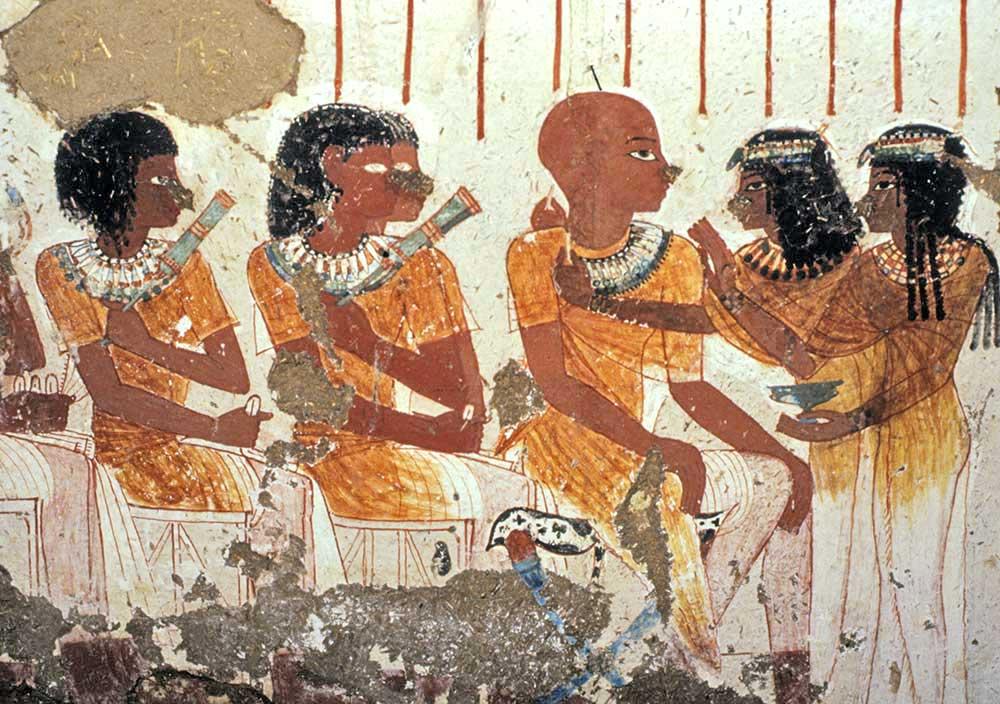
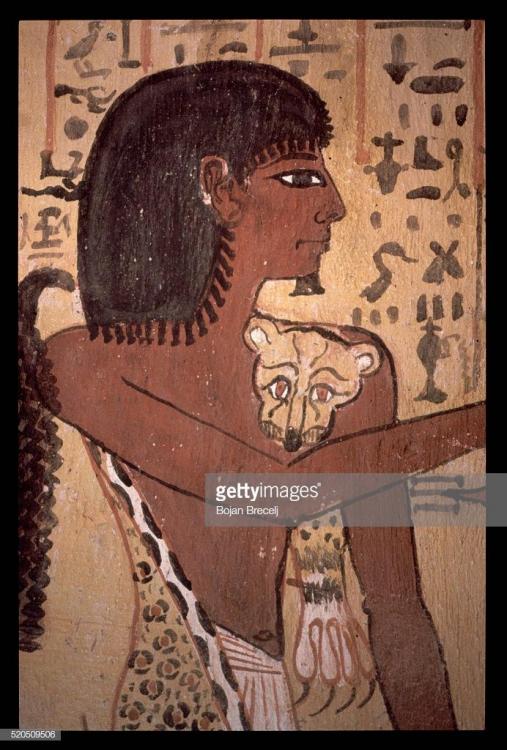
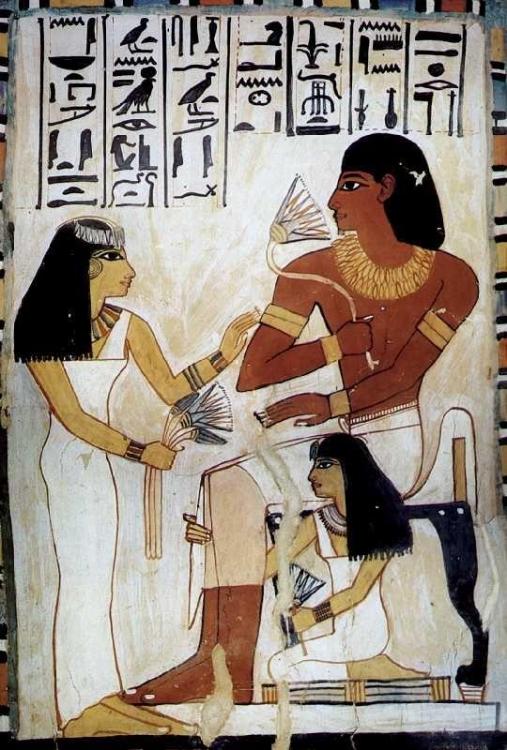
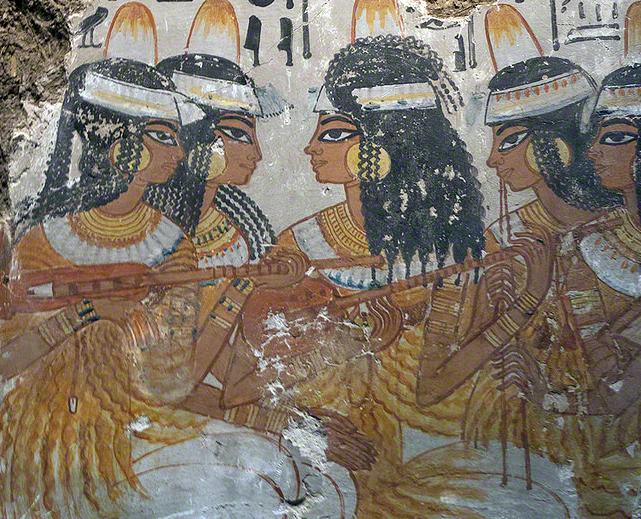
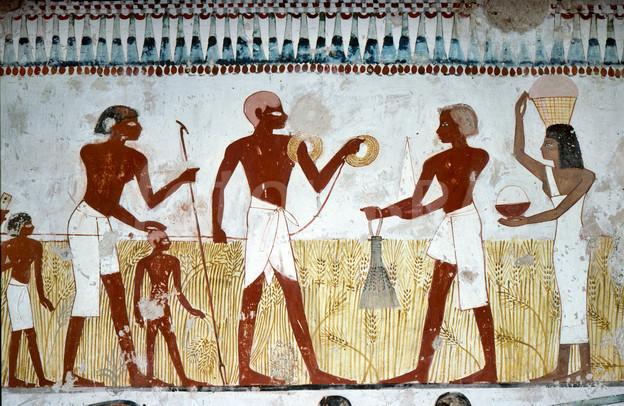
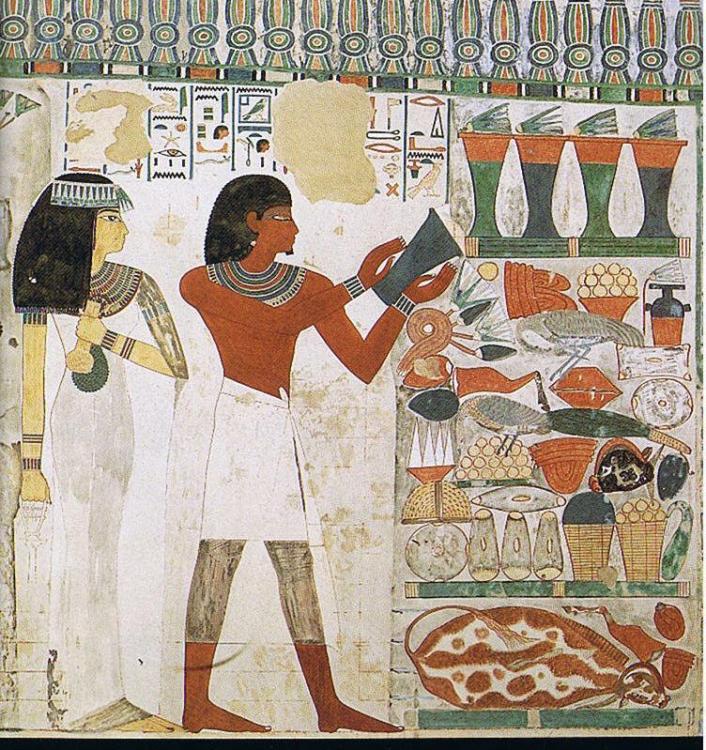
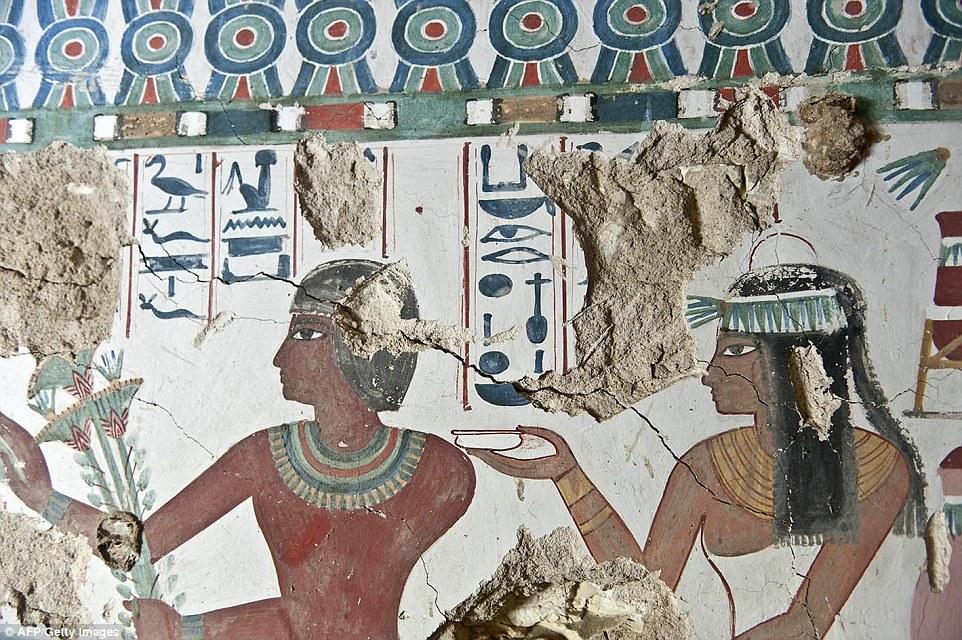
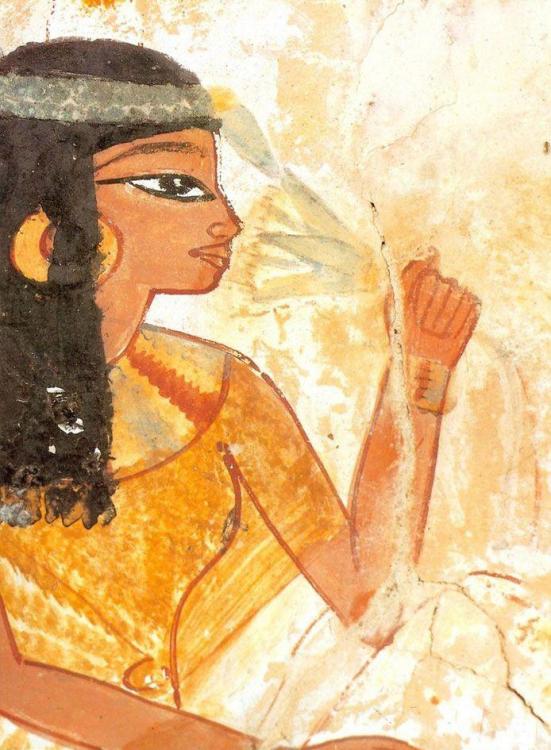
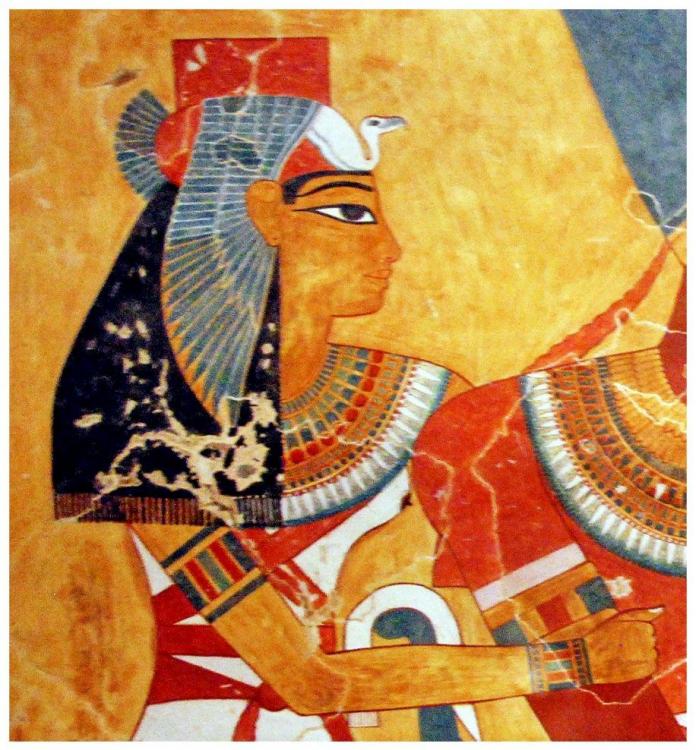
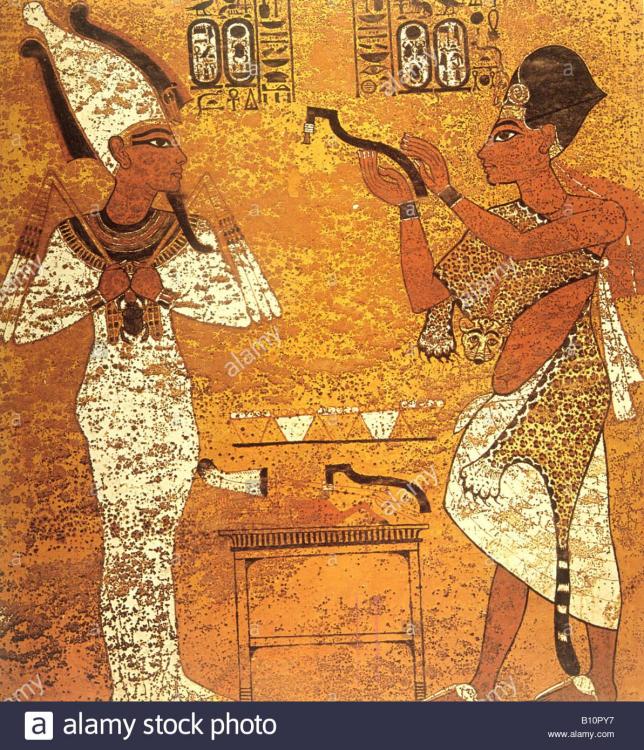
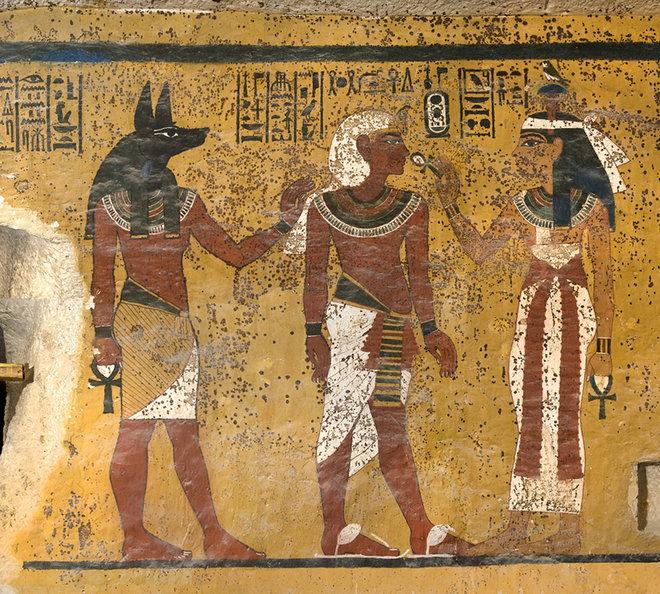
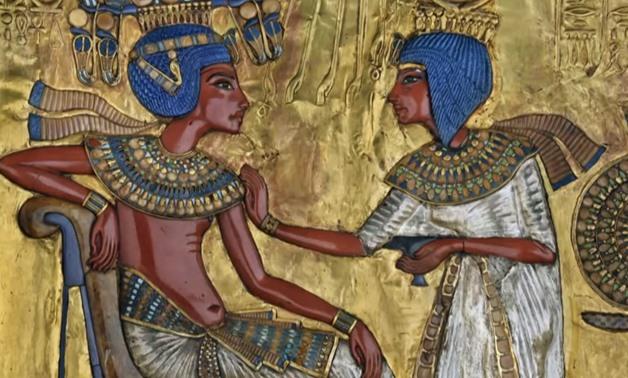
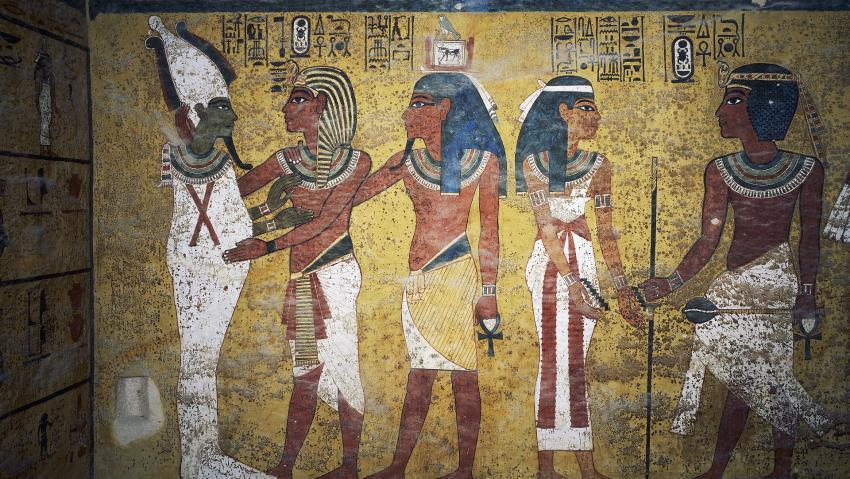
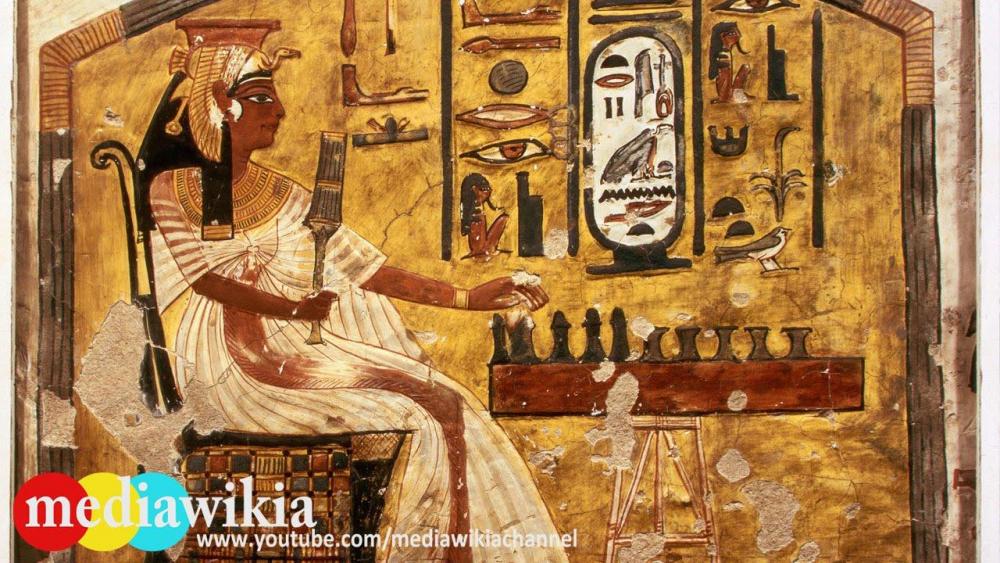
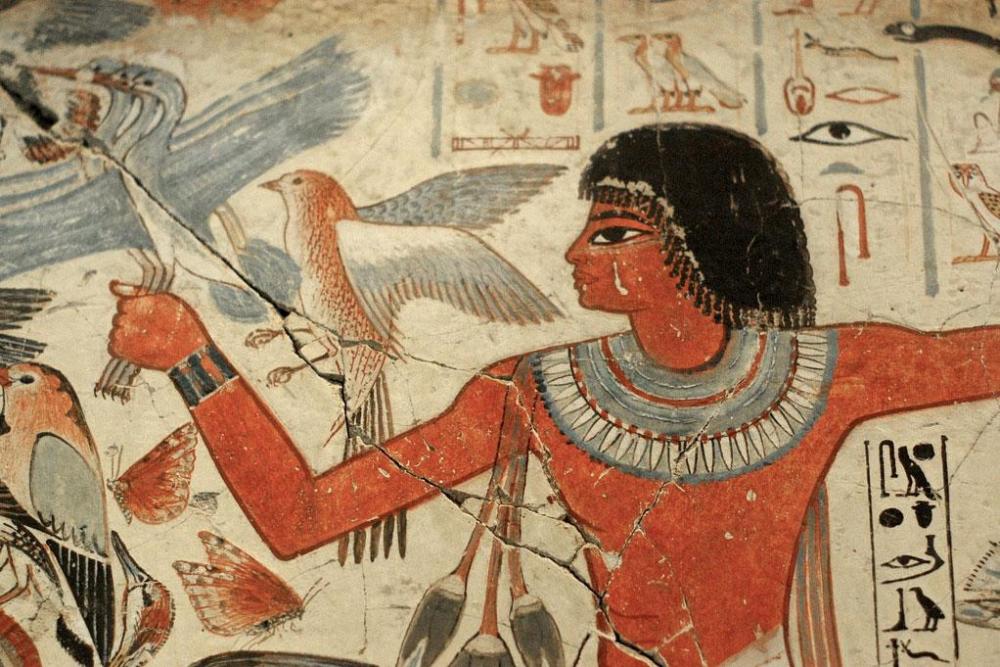
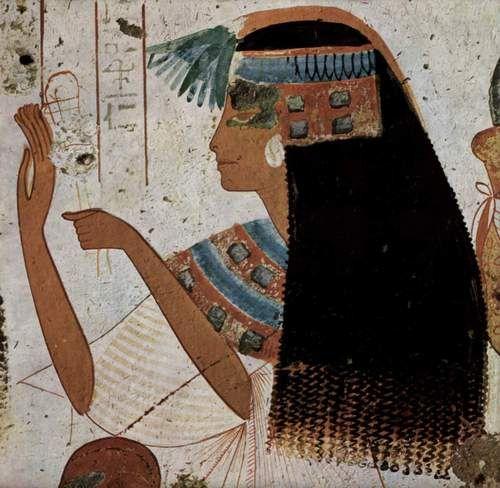
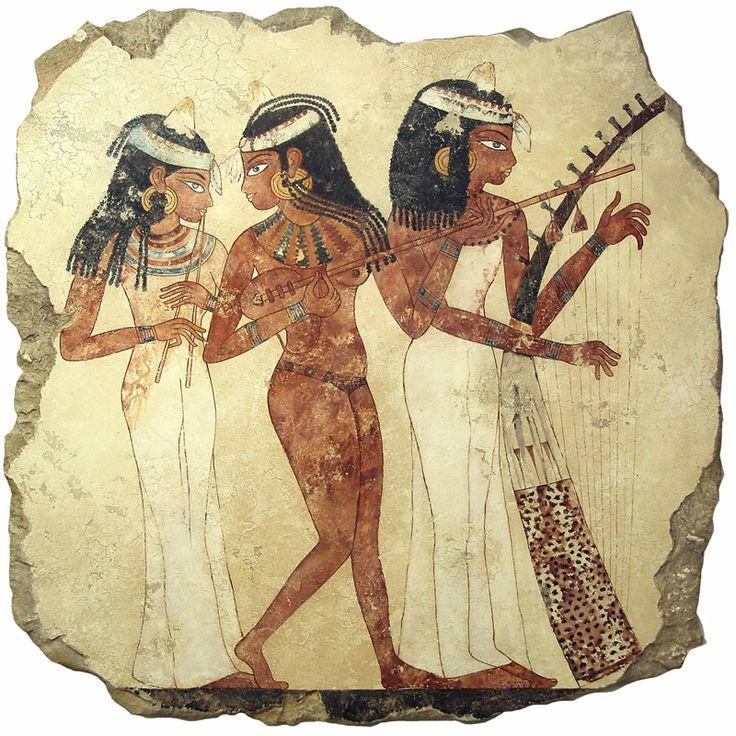
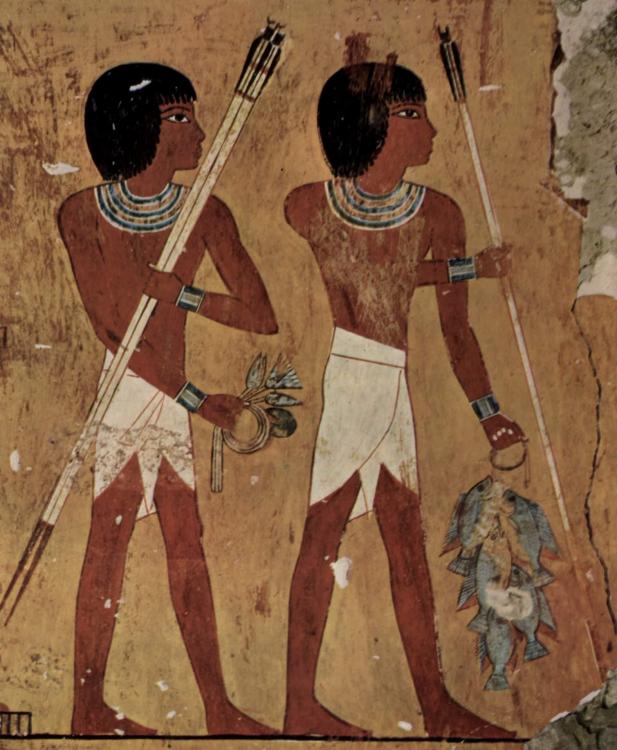
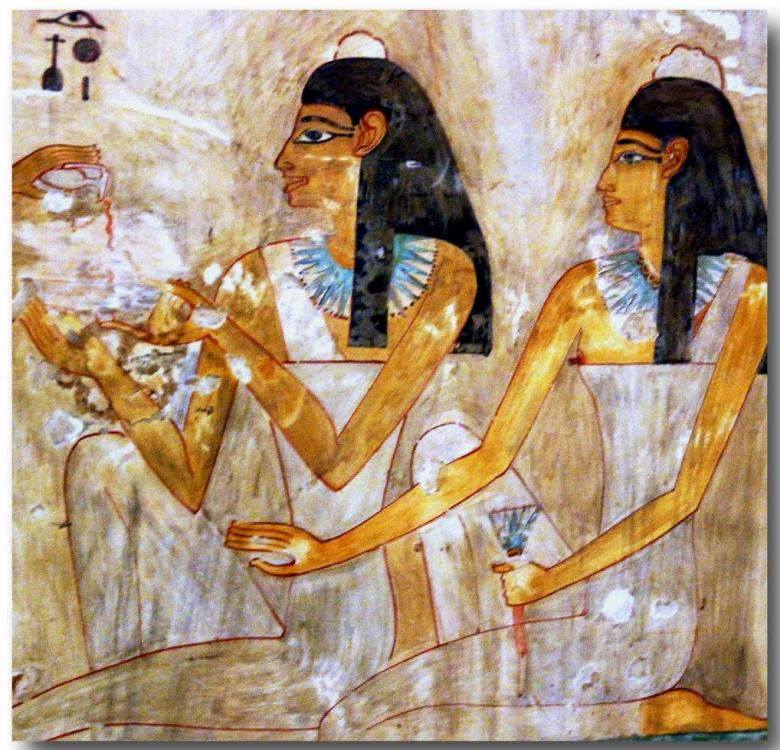
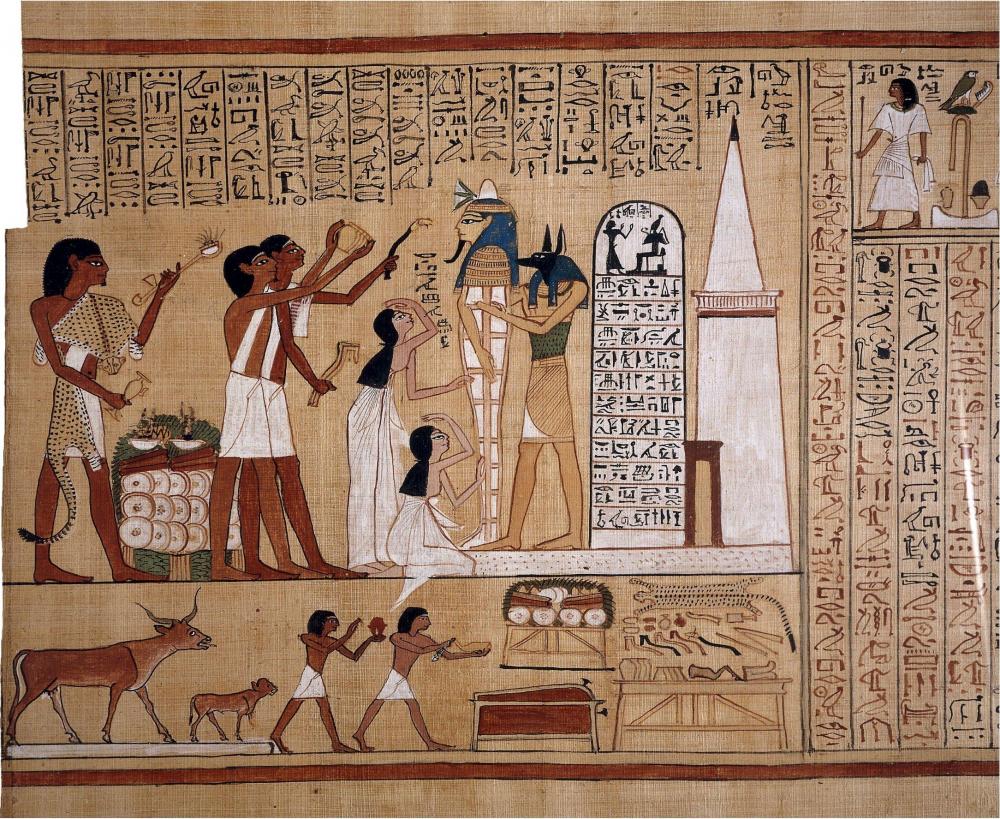
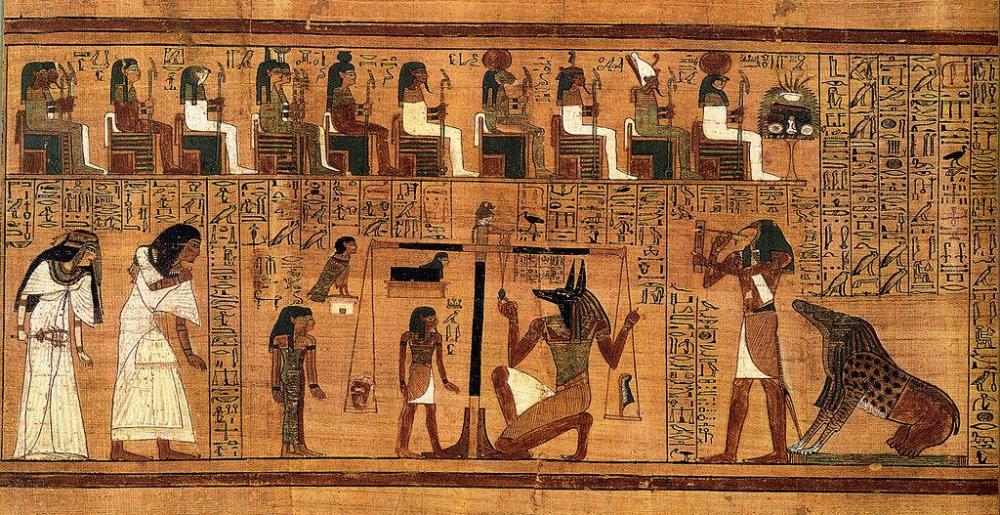
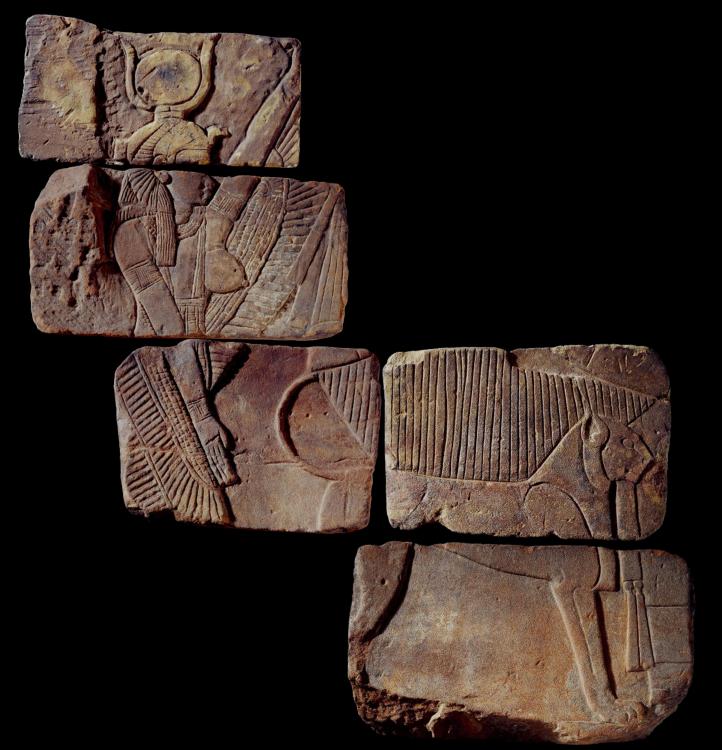
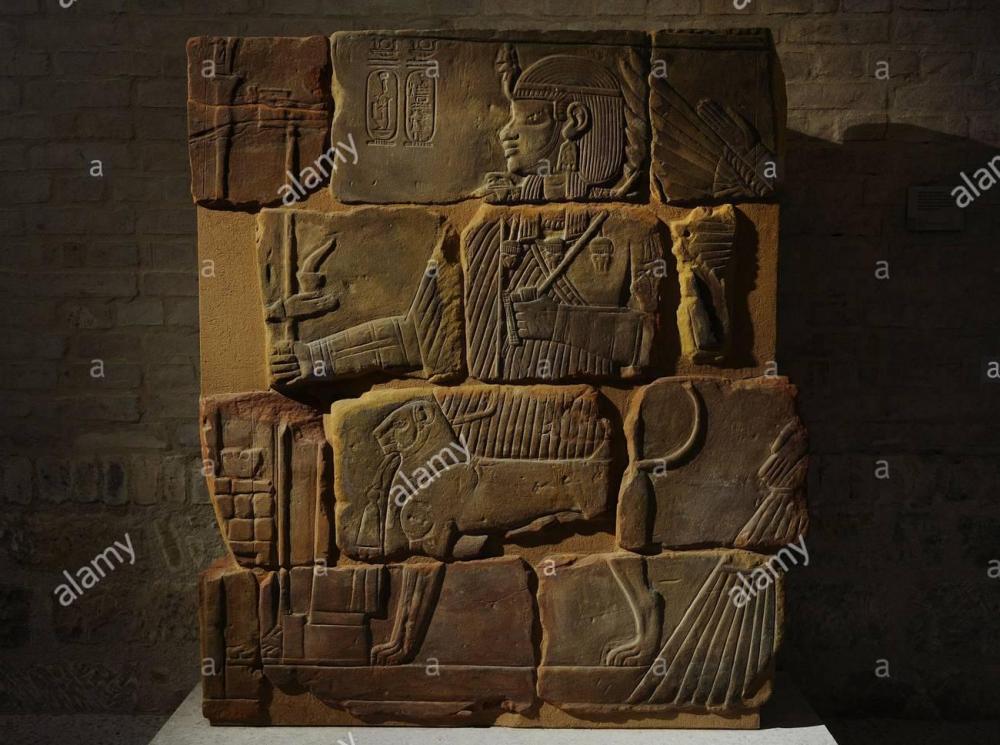
===[TASK]=== 0 A.D Ships Update.
in Eyecandy, custom projects and misc.
Posted
Hmmm, I might retry that tonight with a more stylized classical looking Pegasus from Greco Roman coins